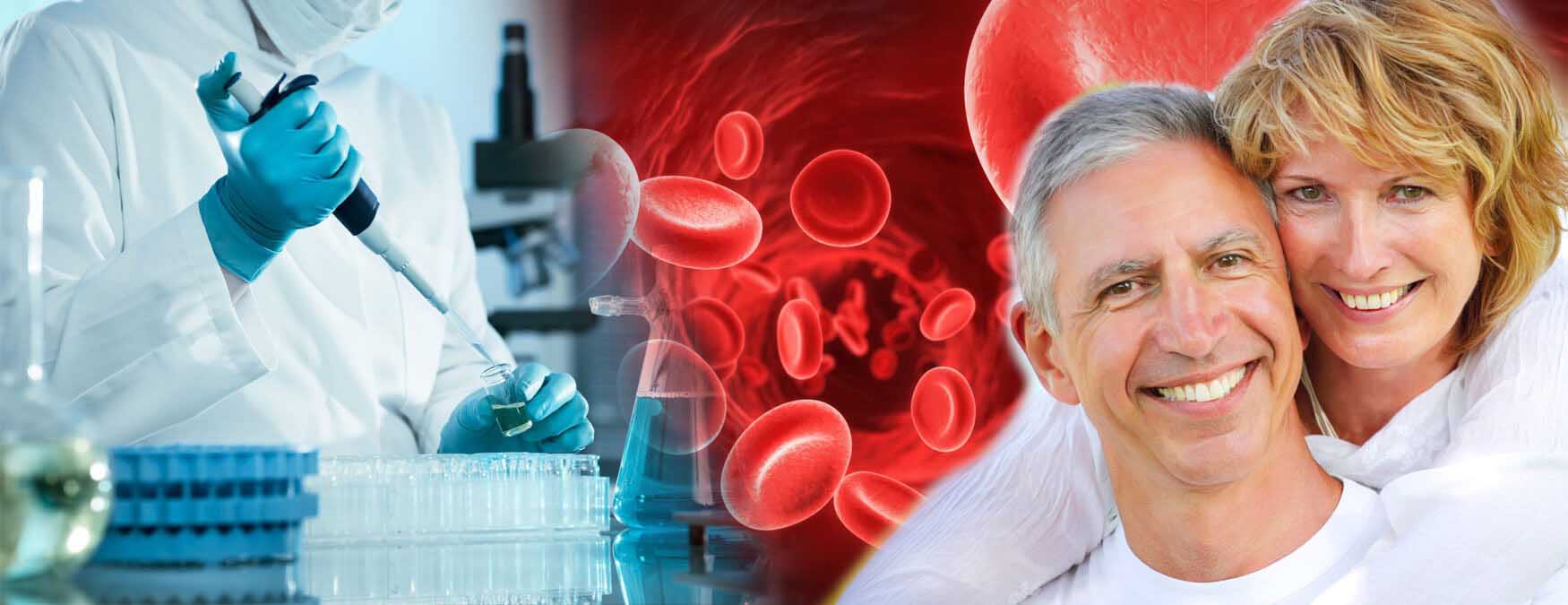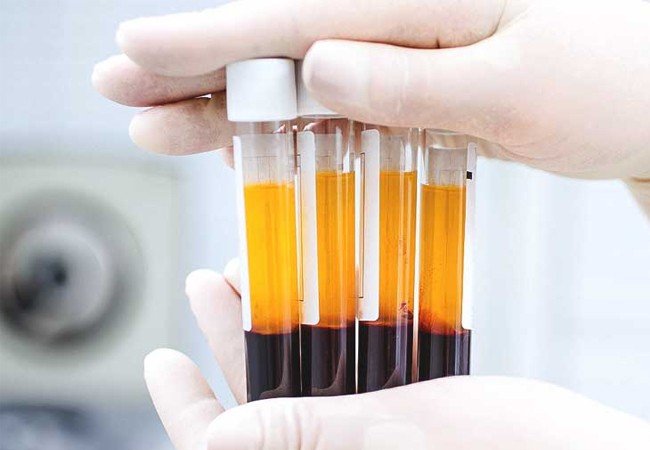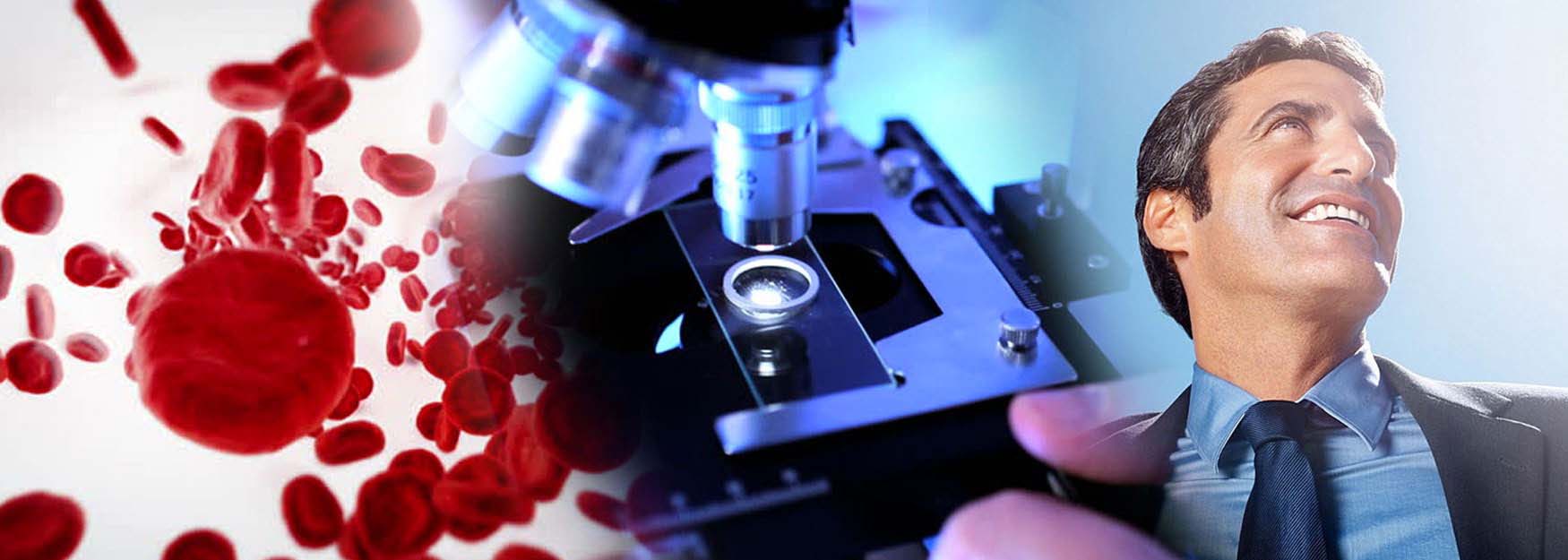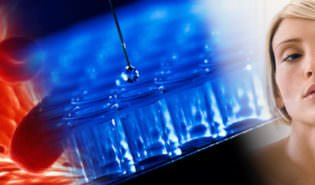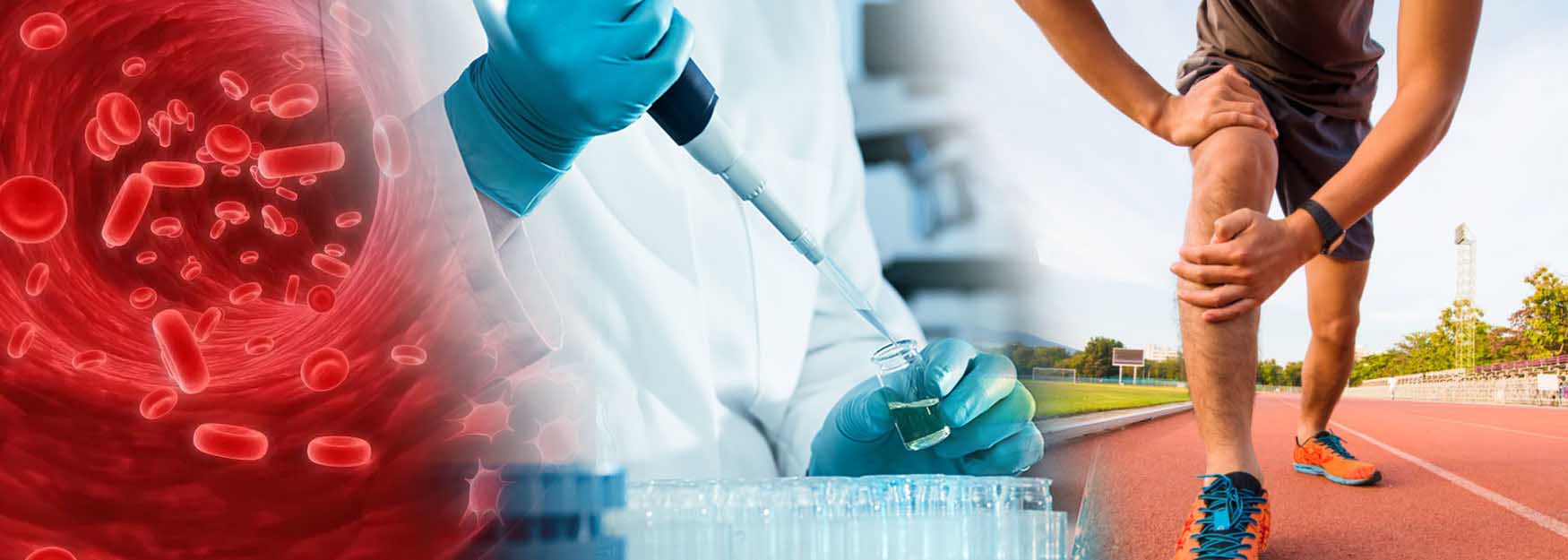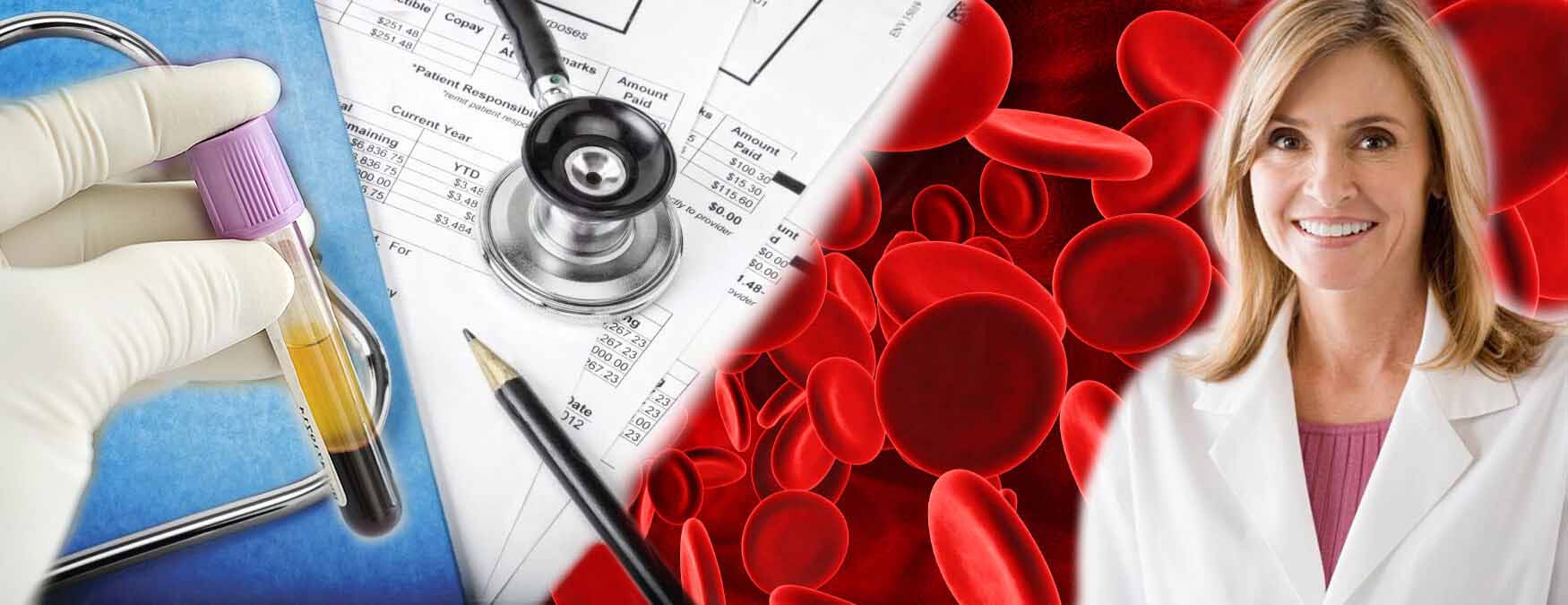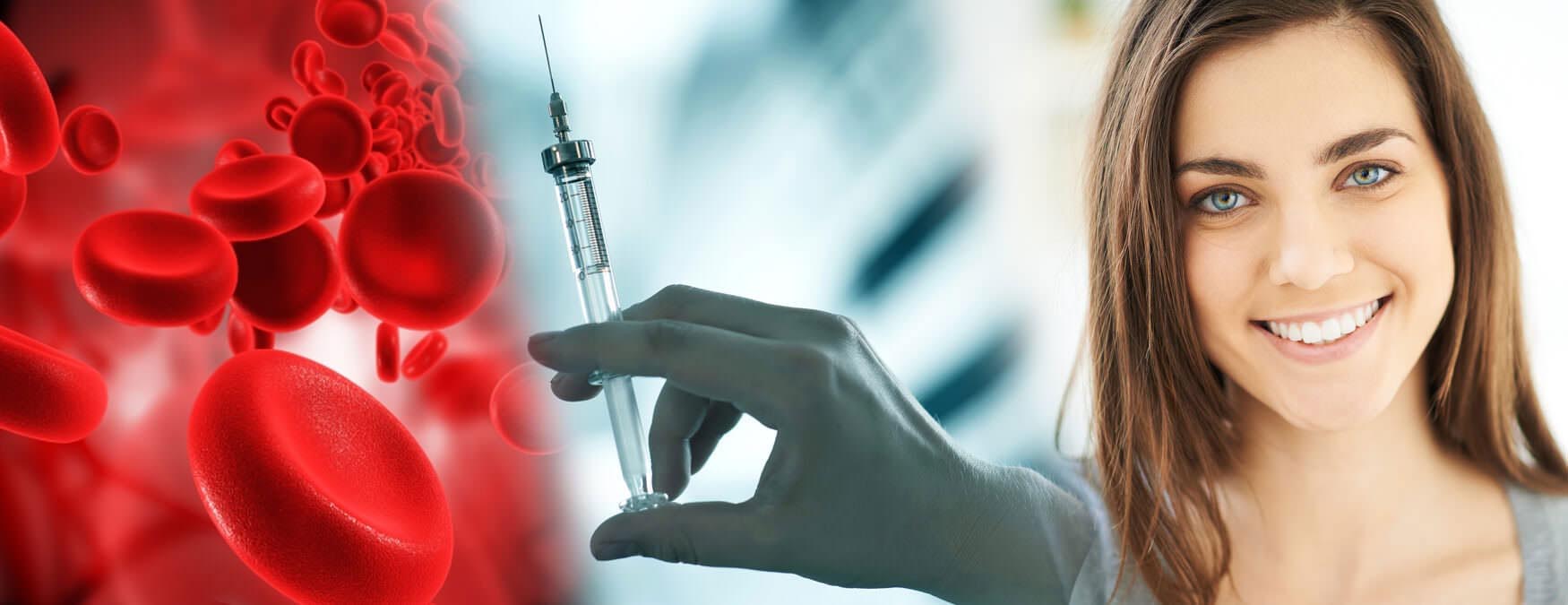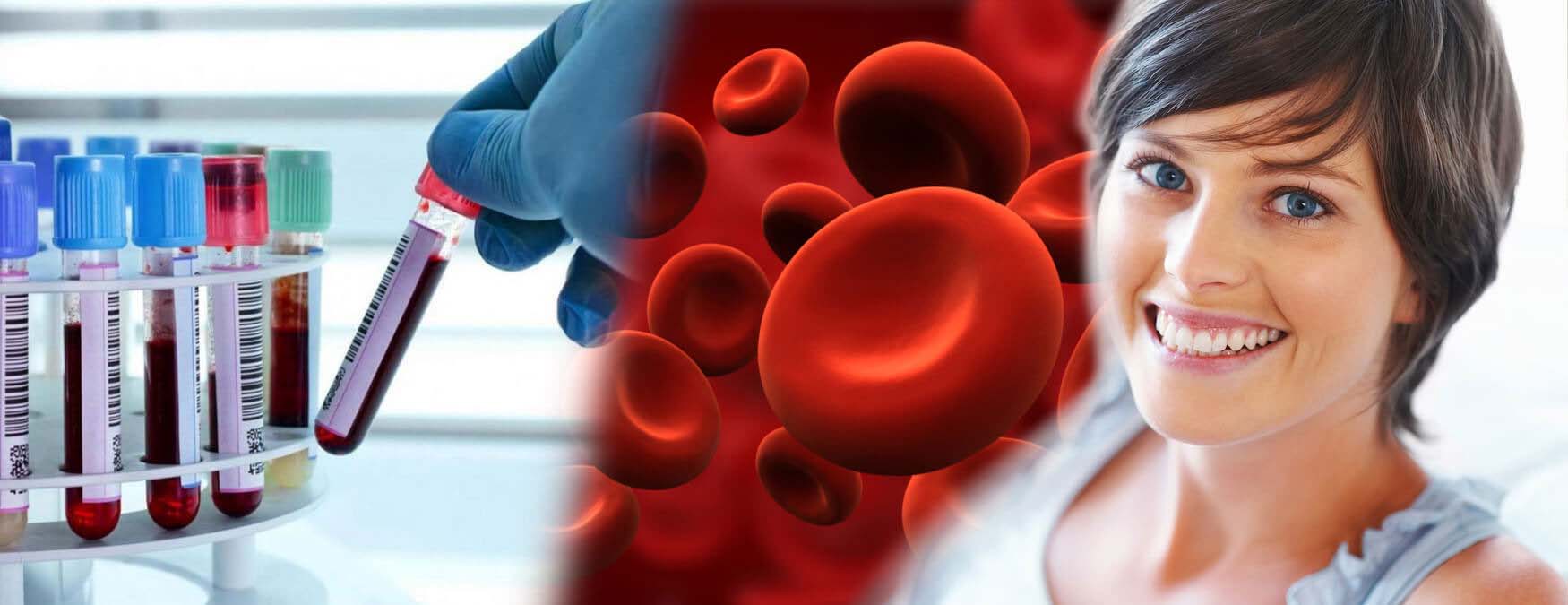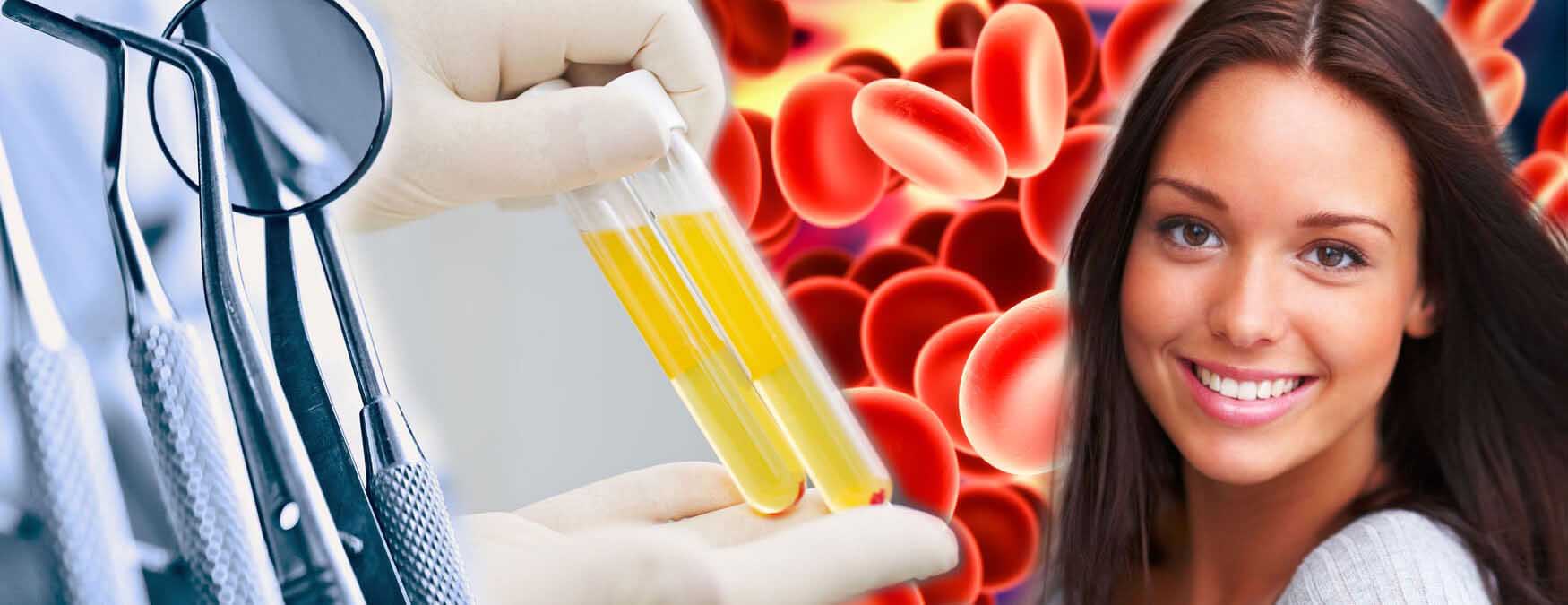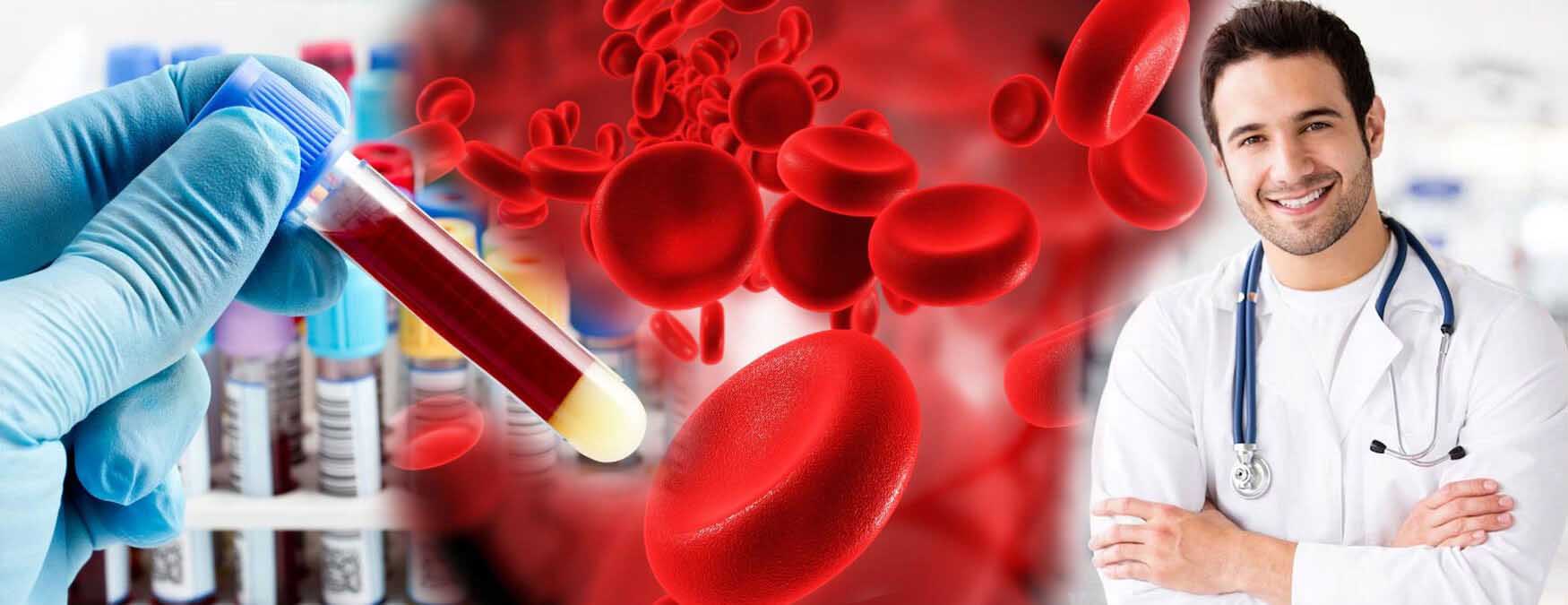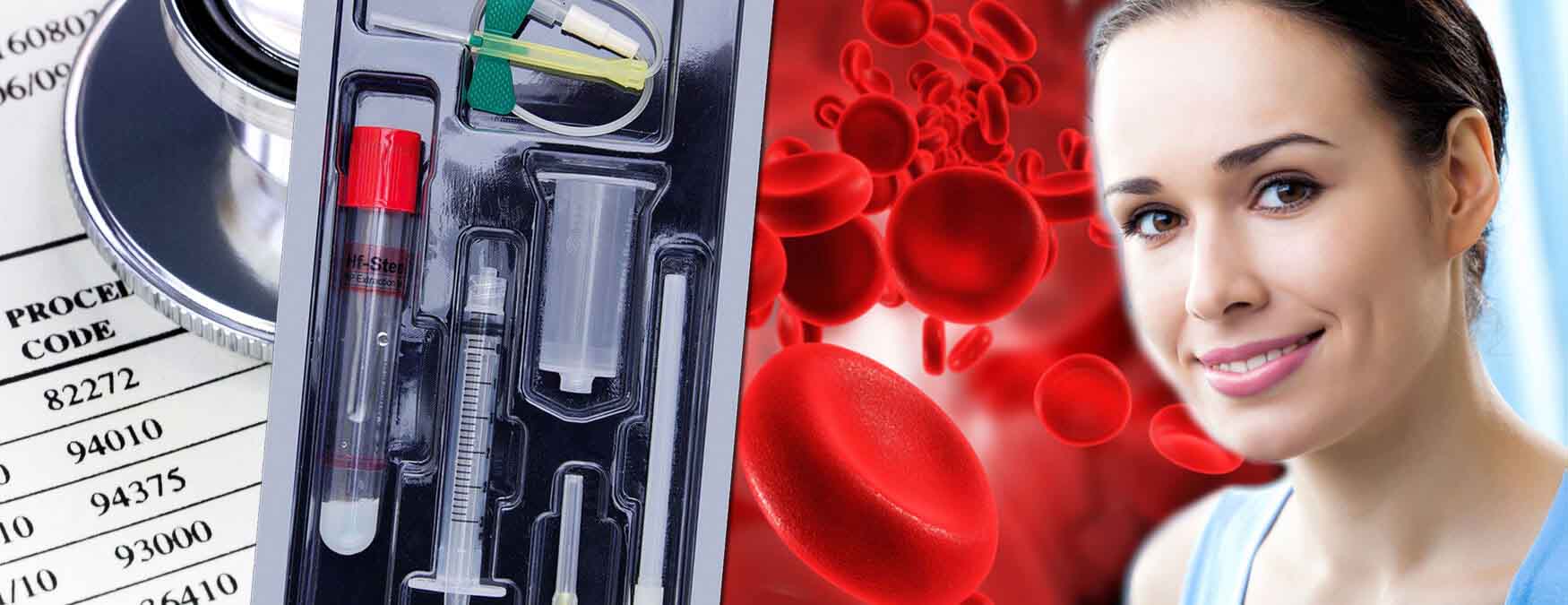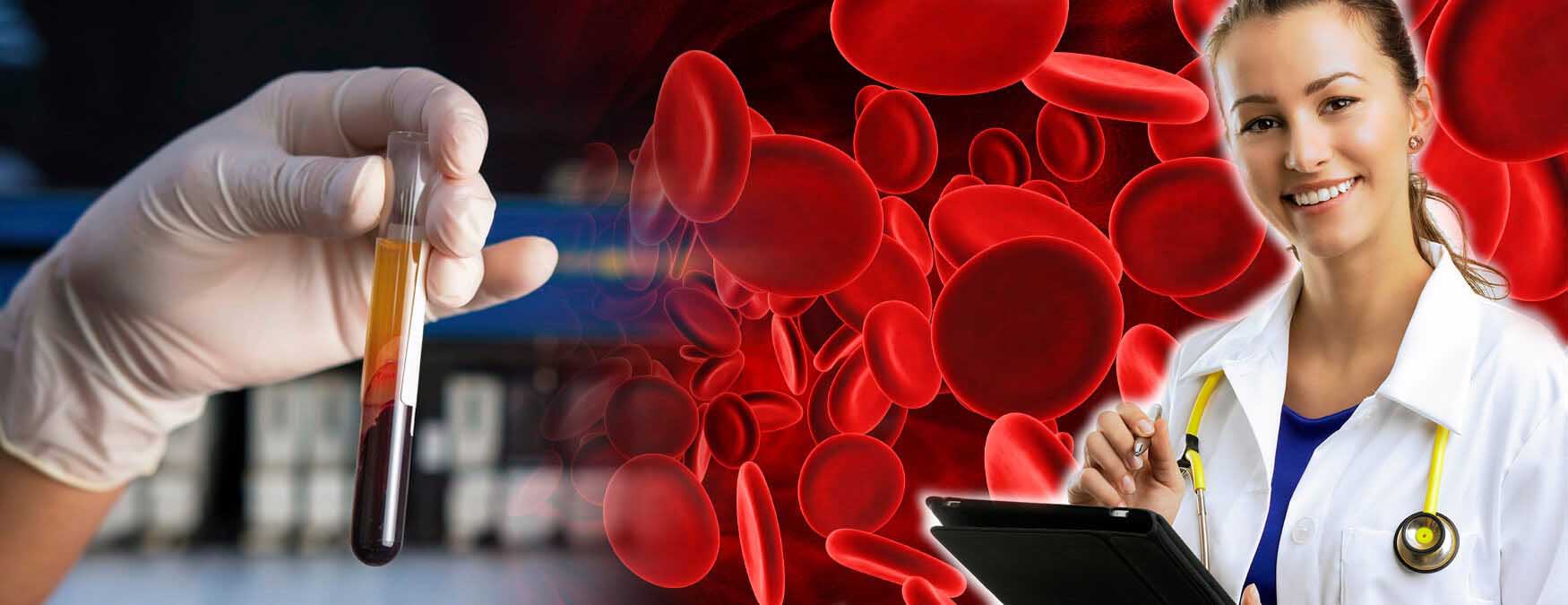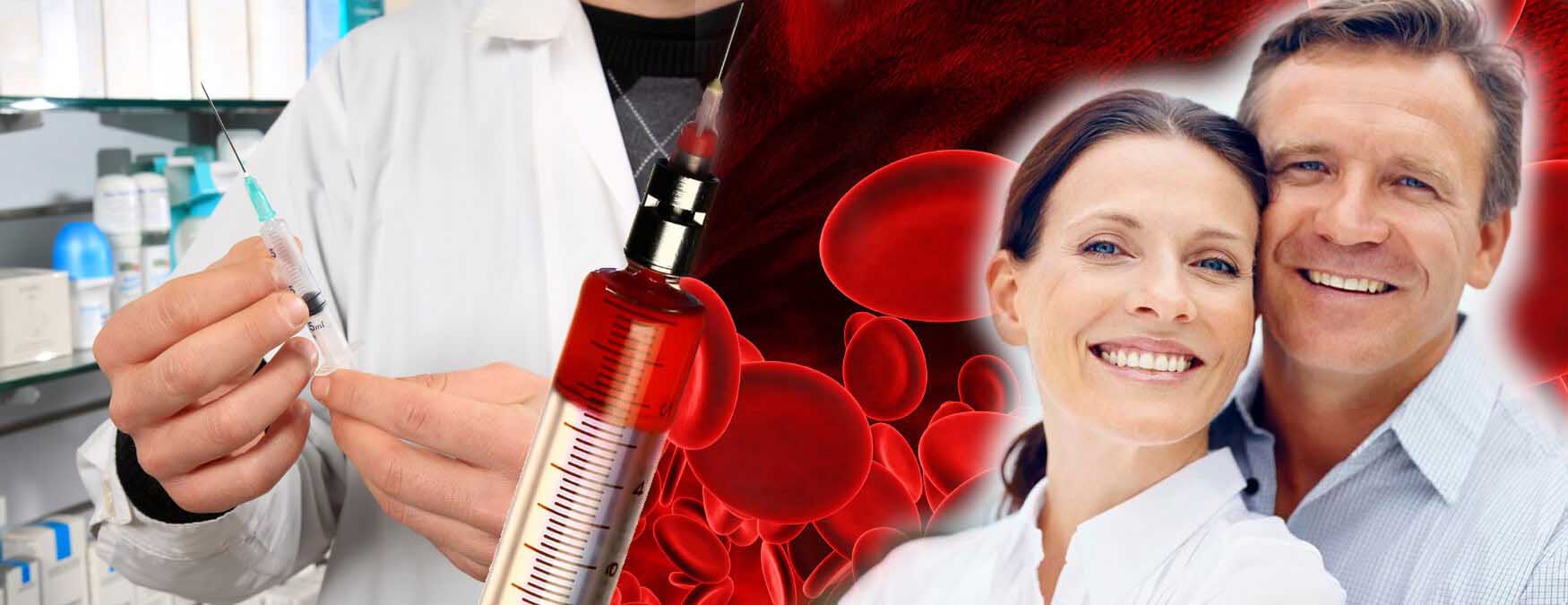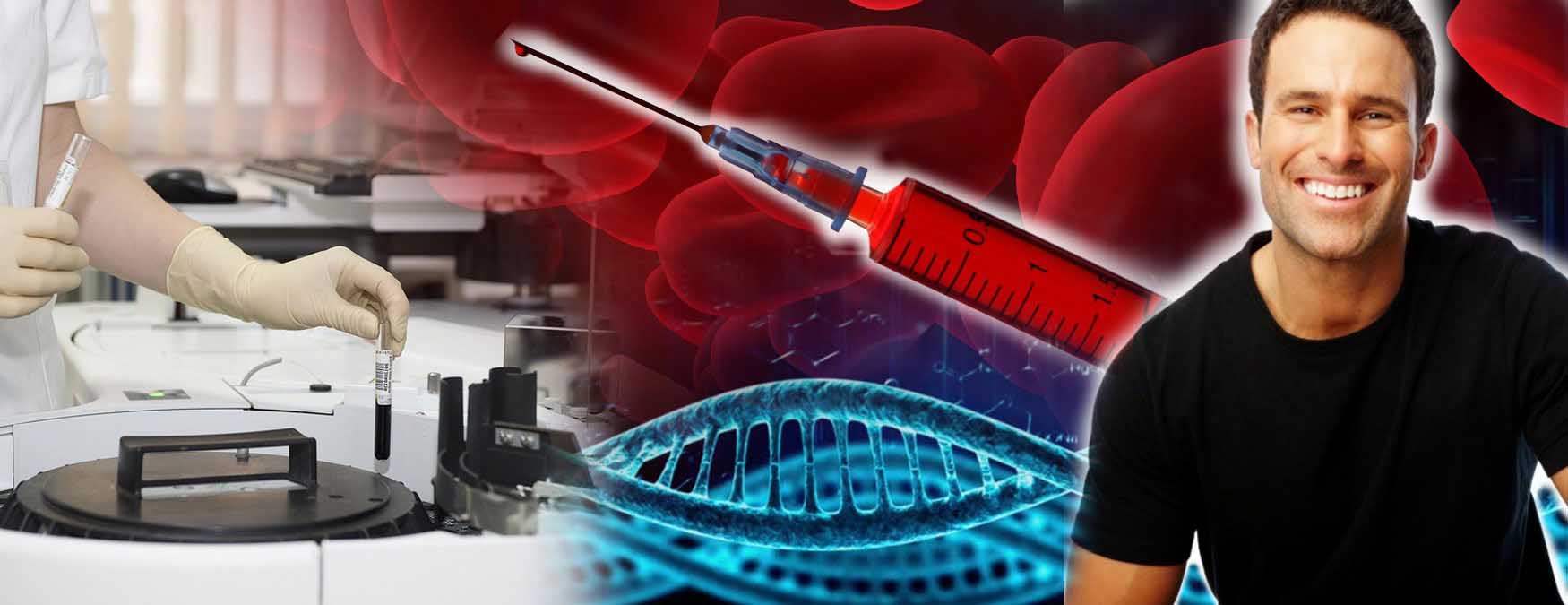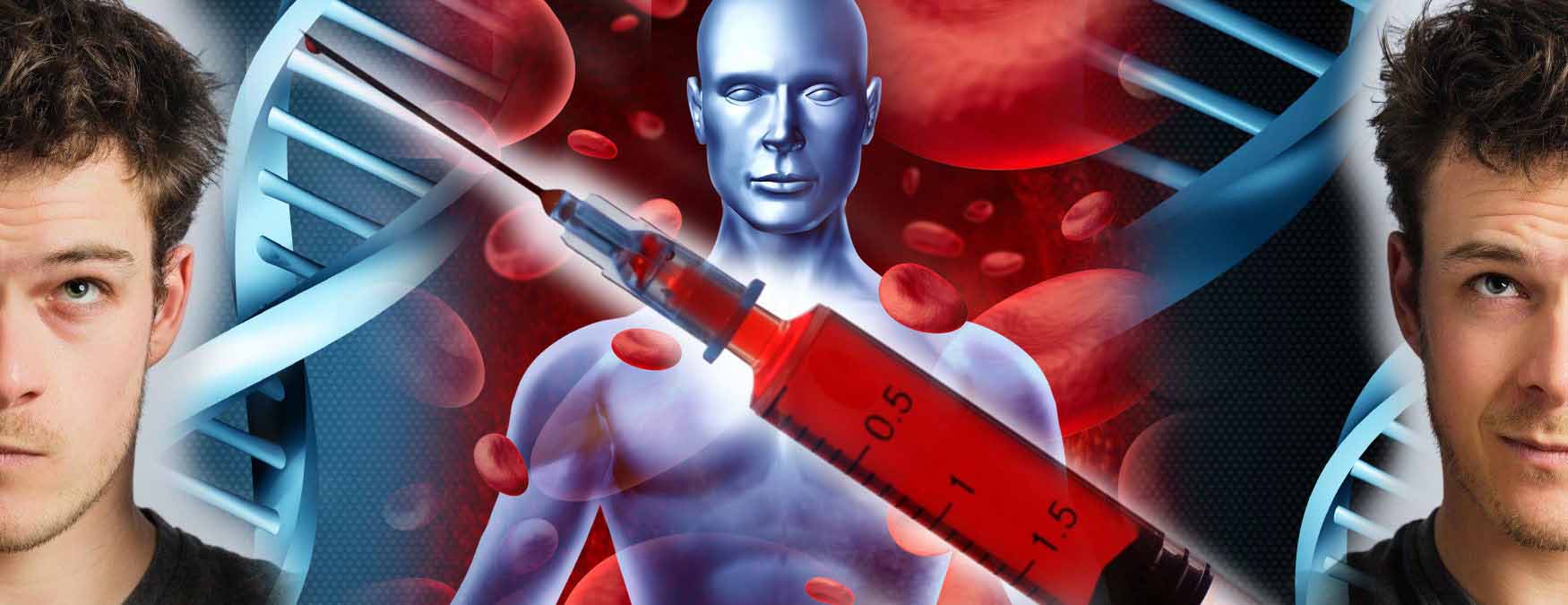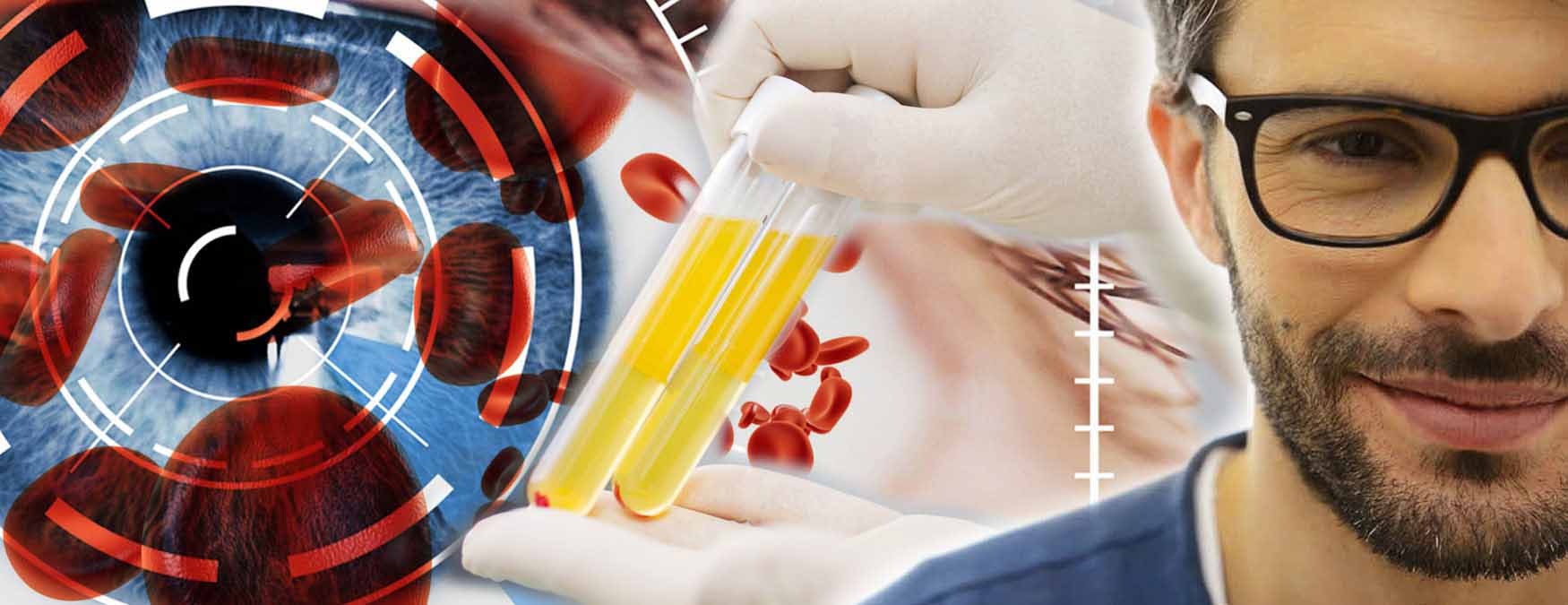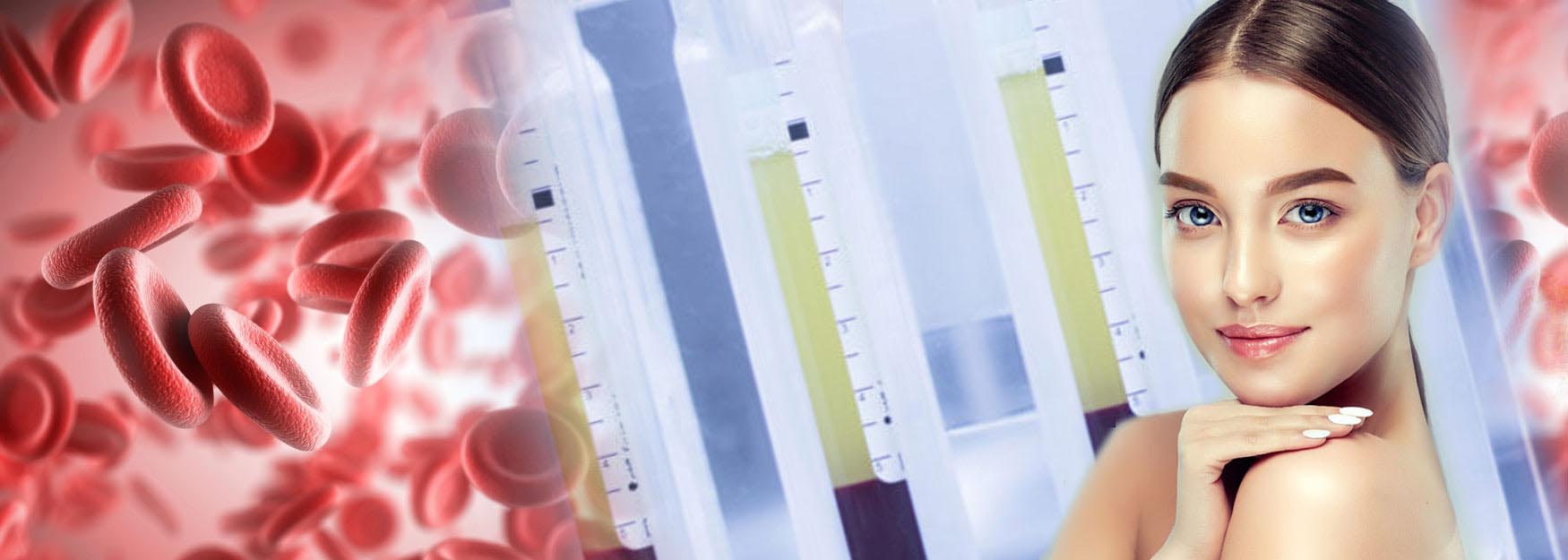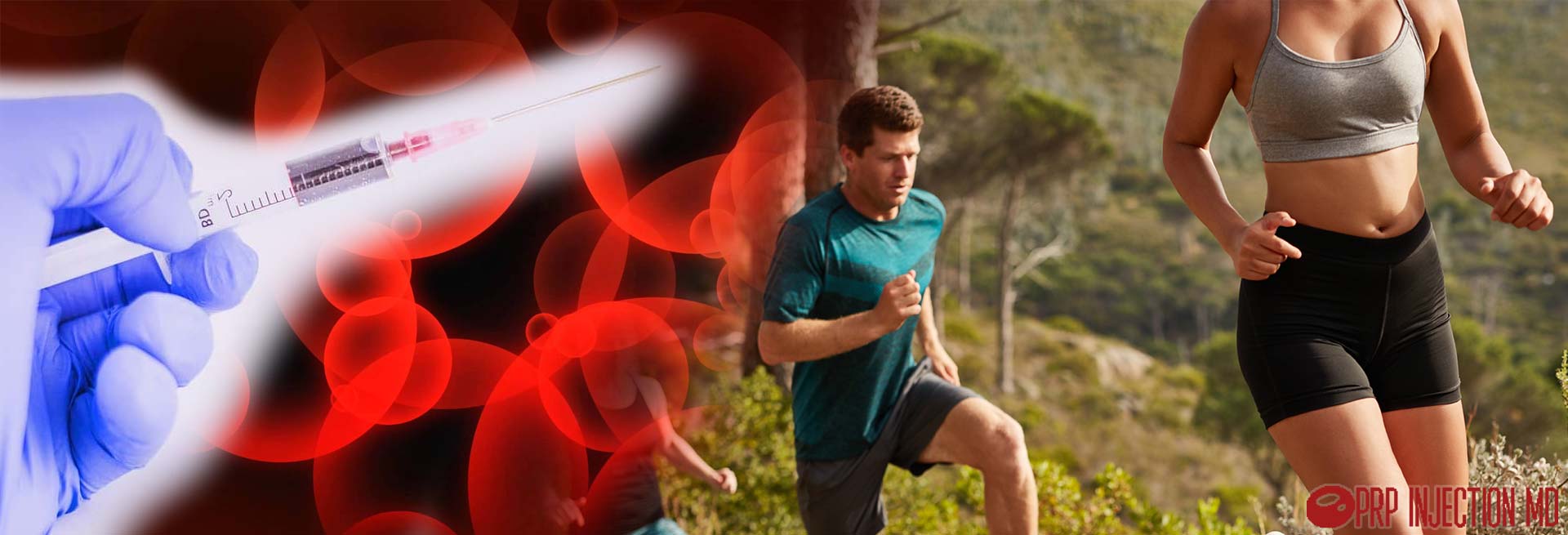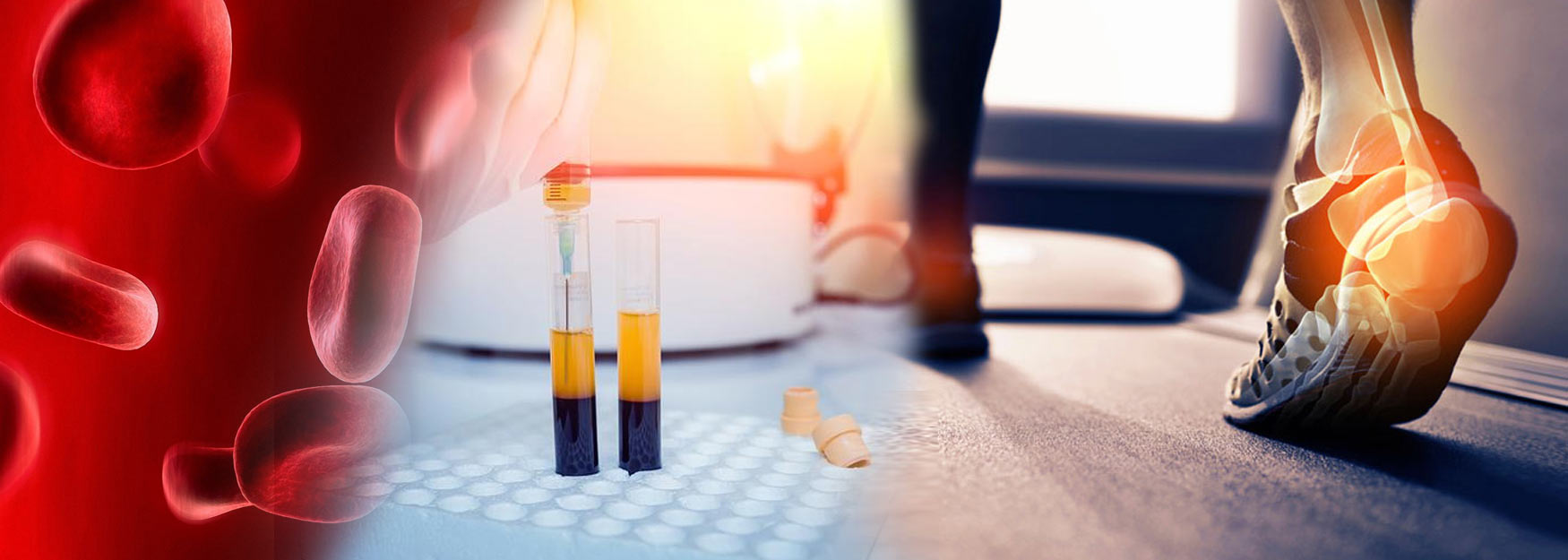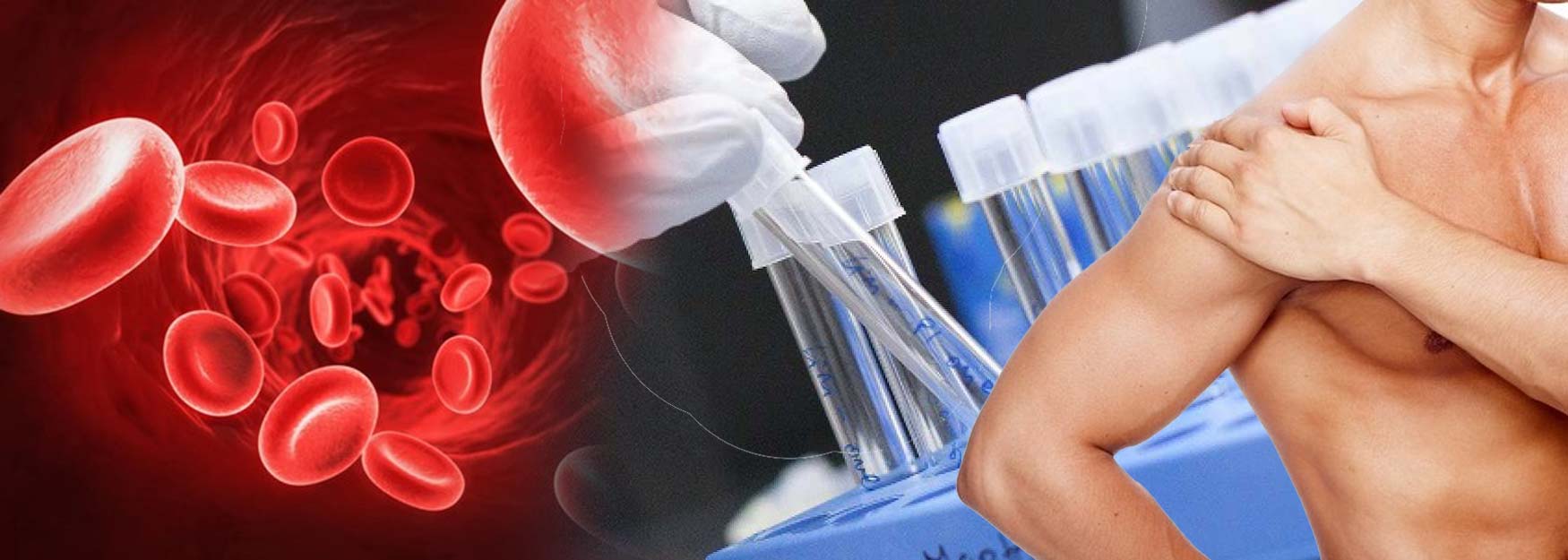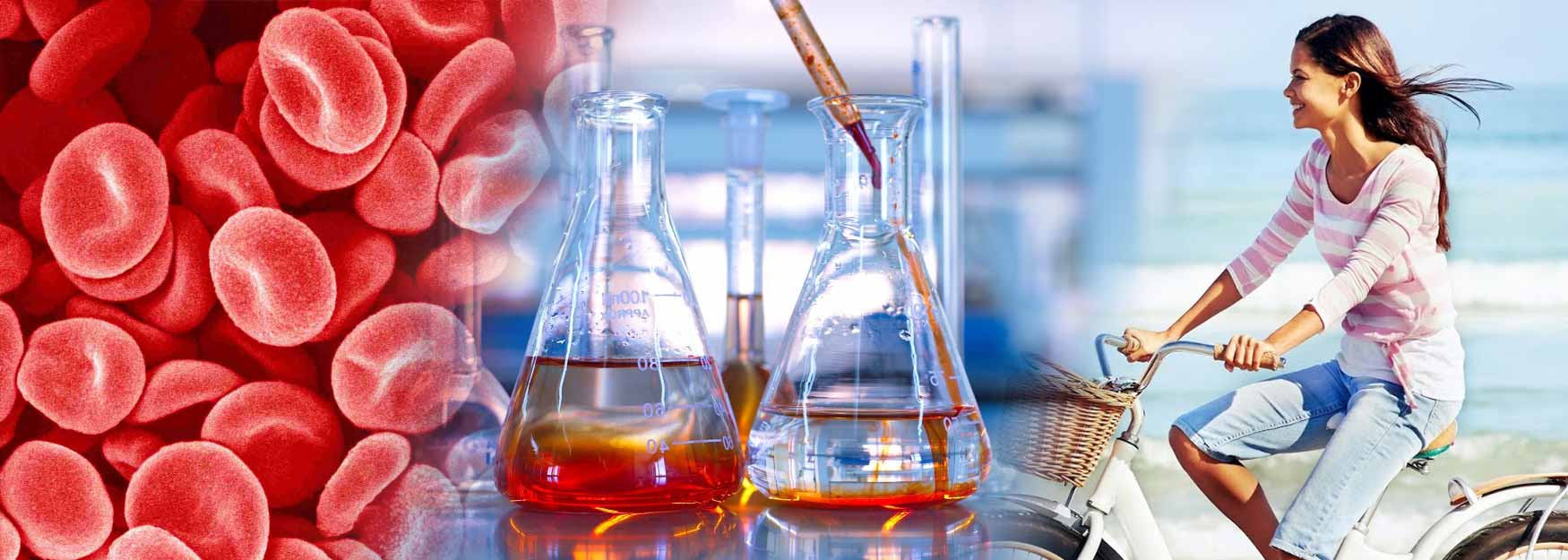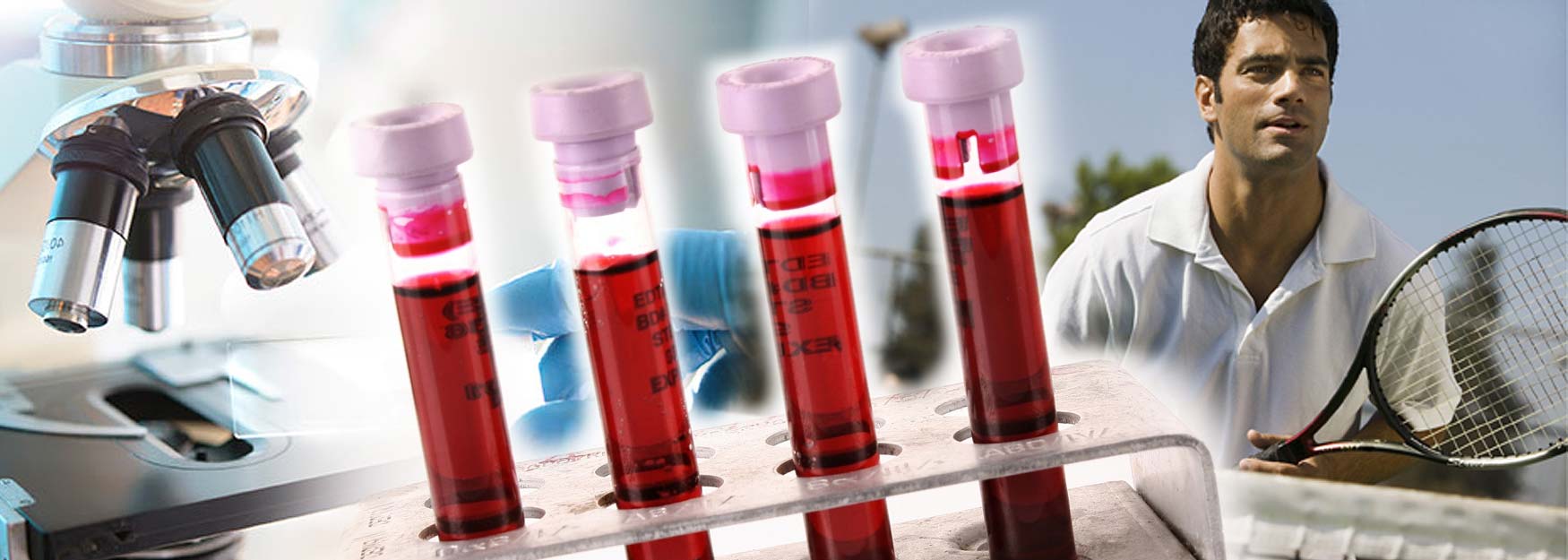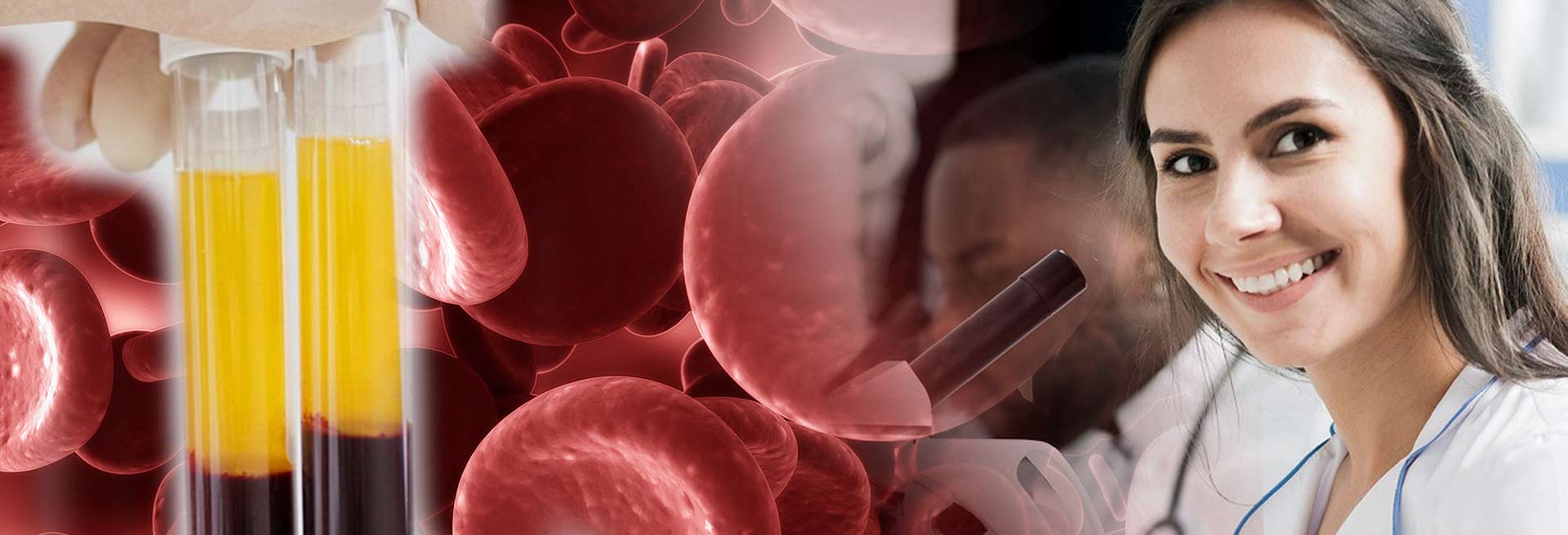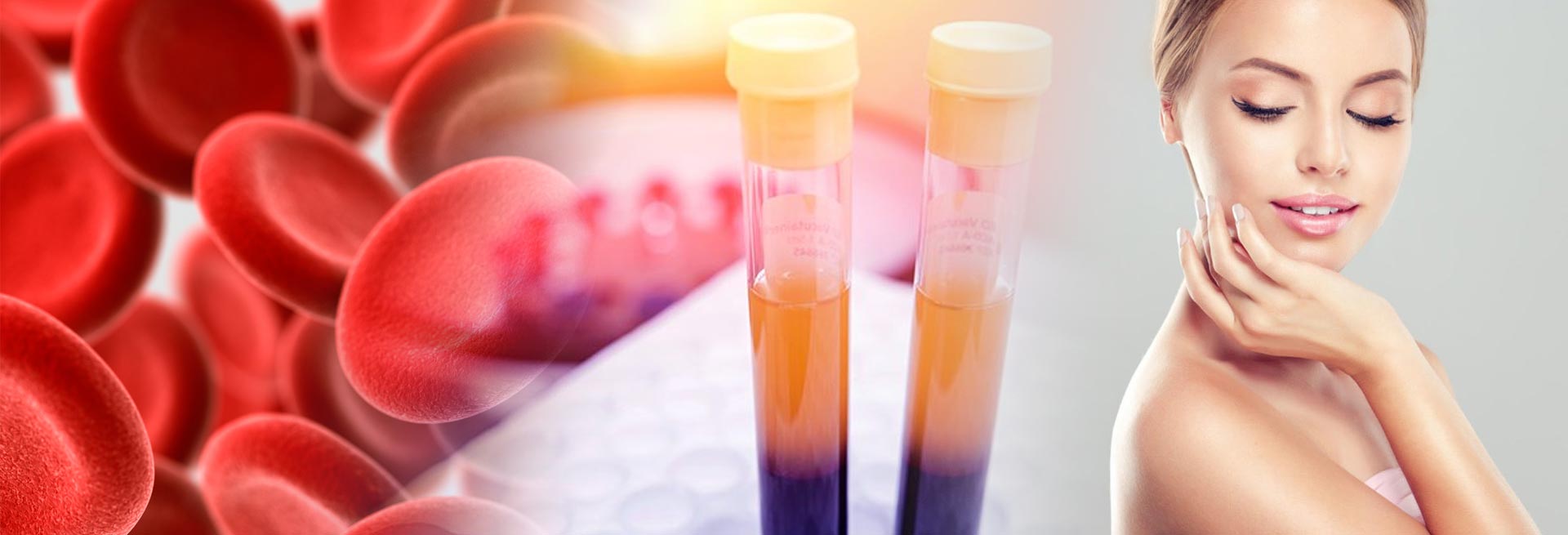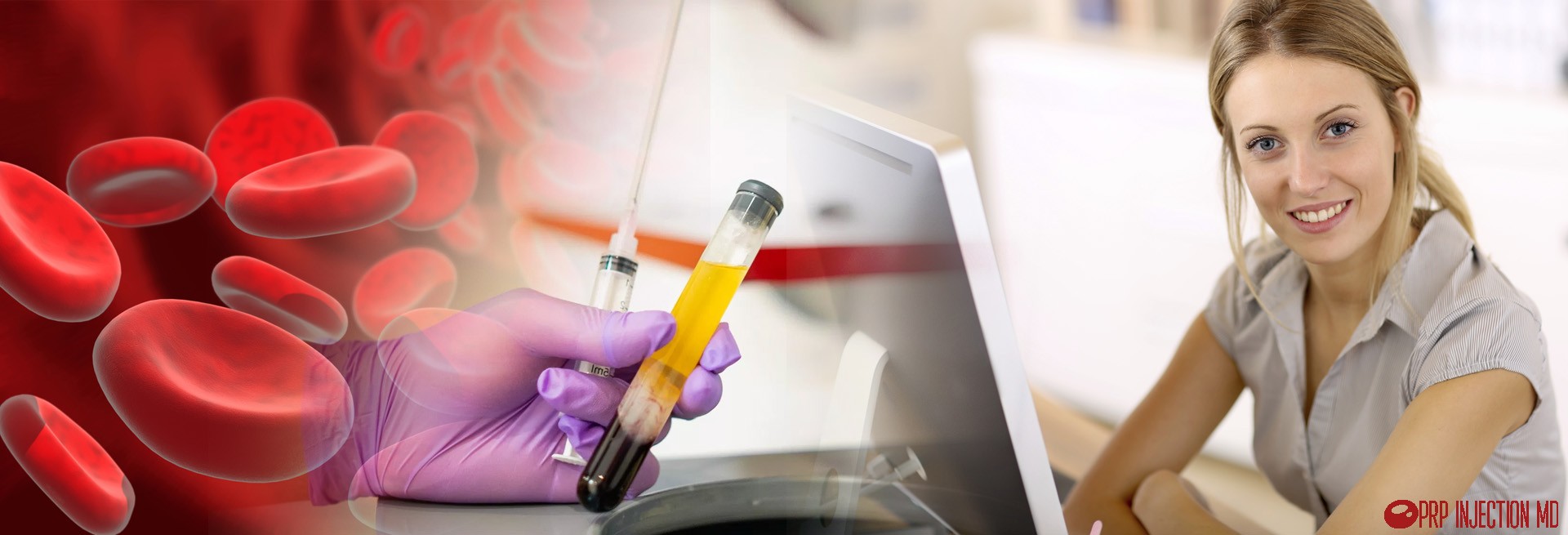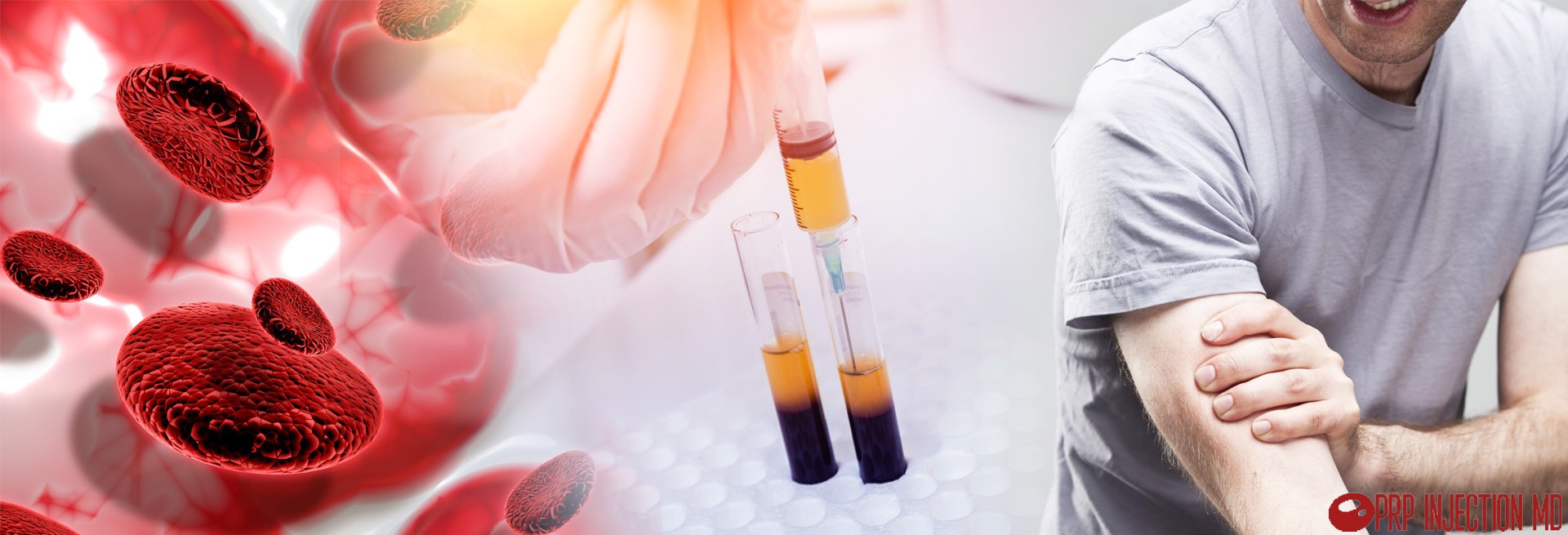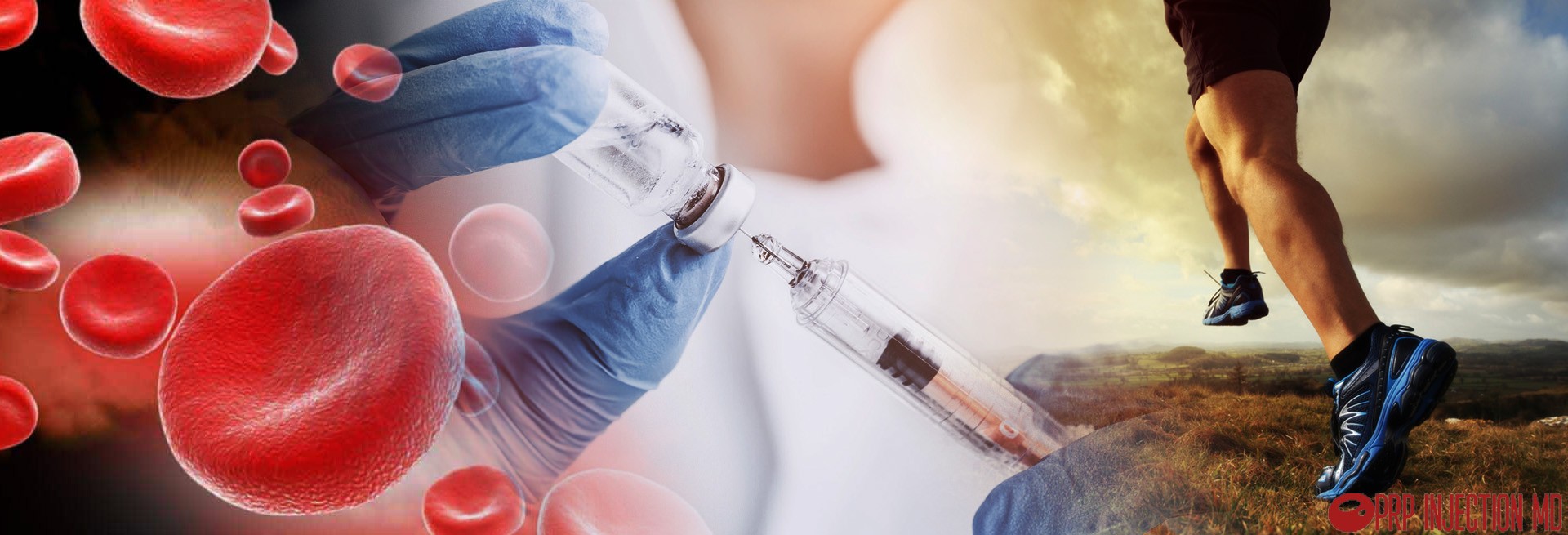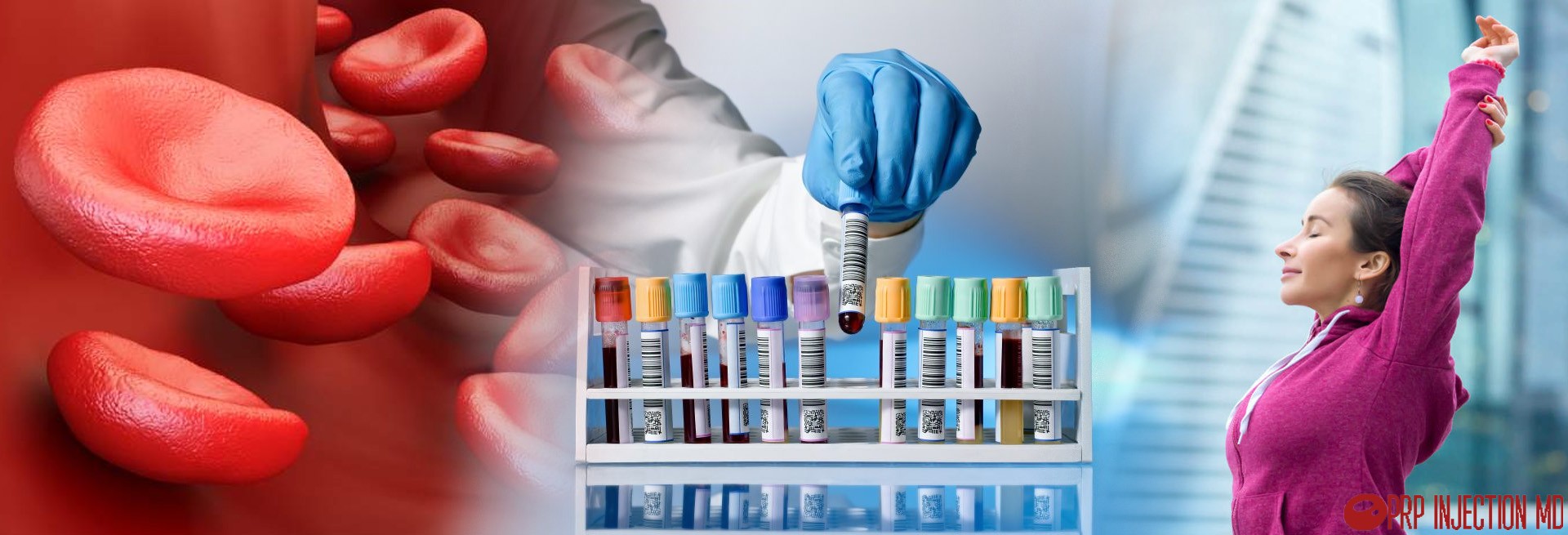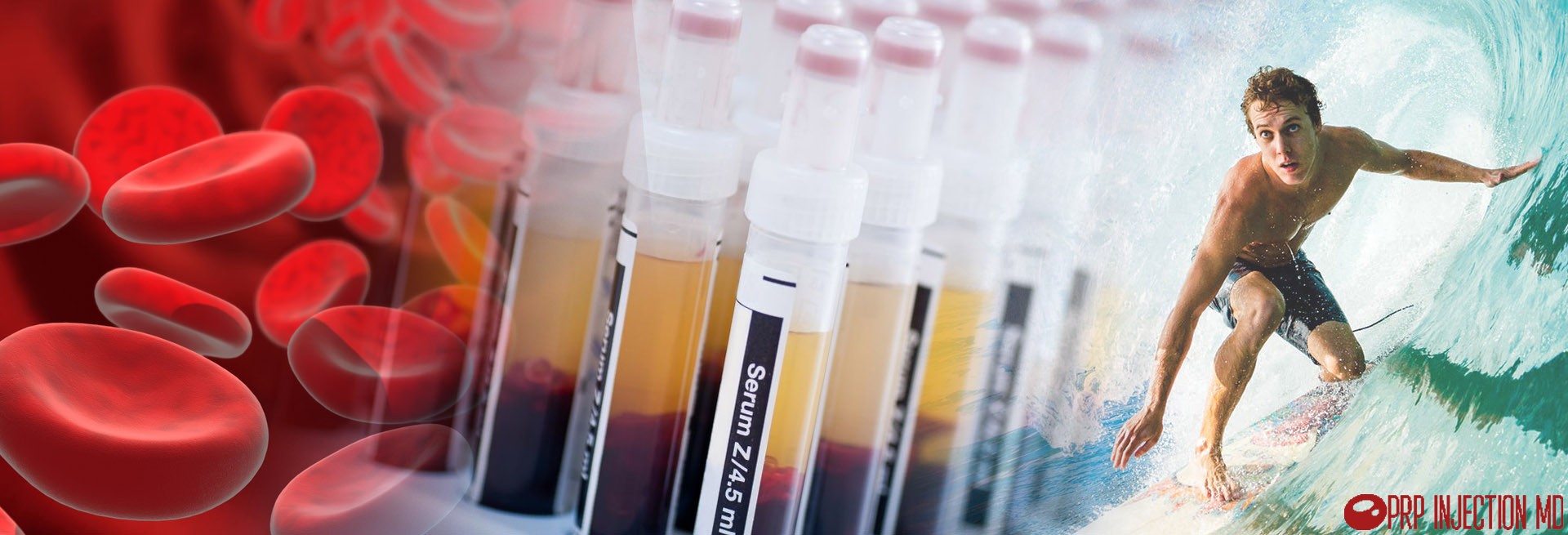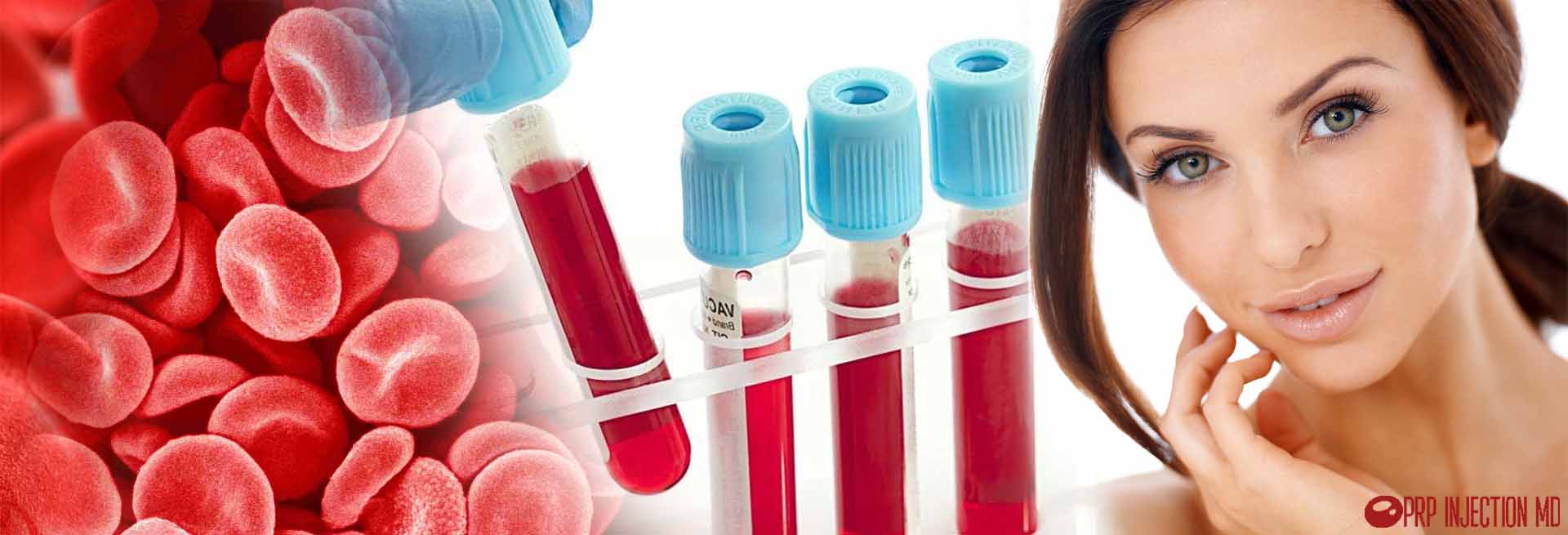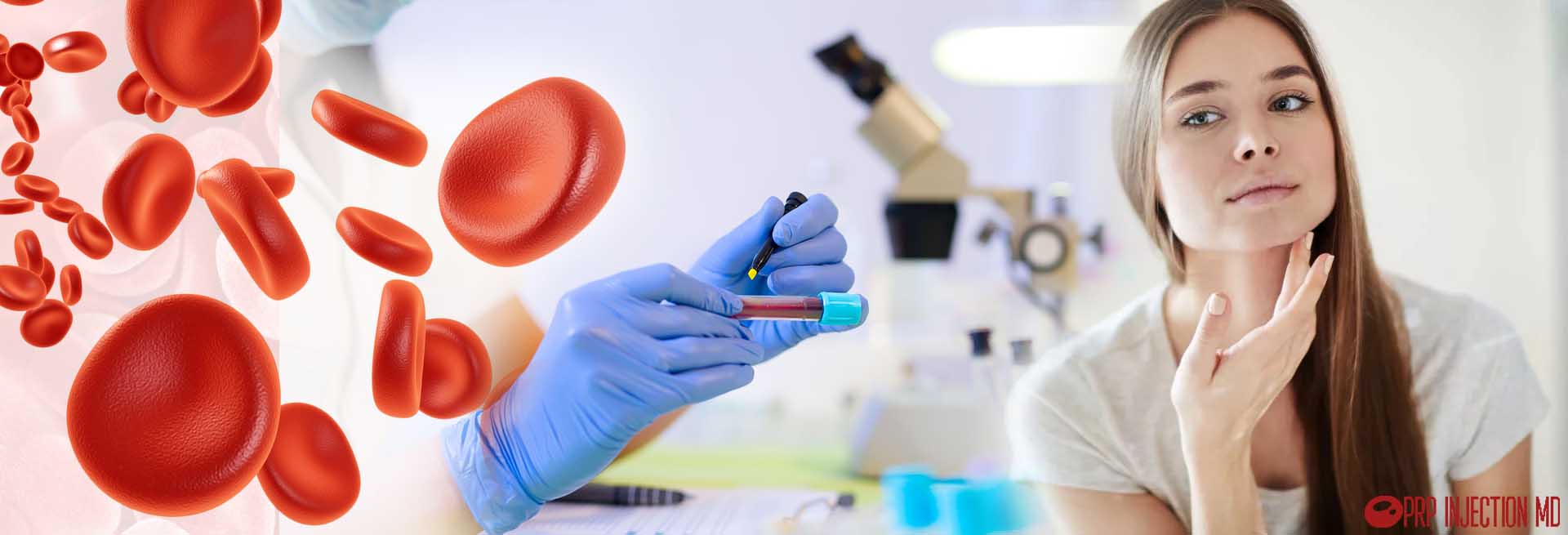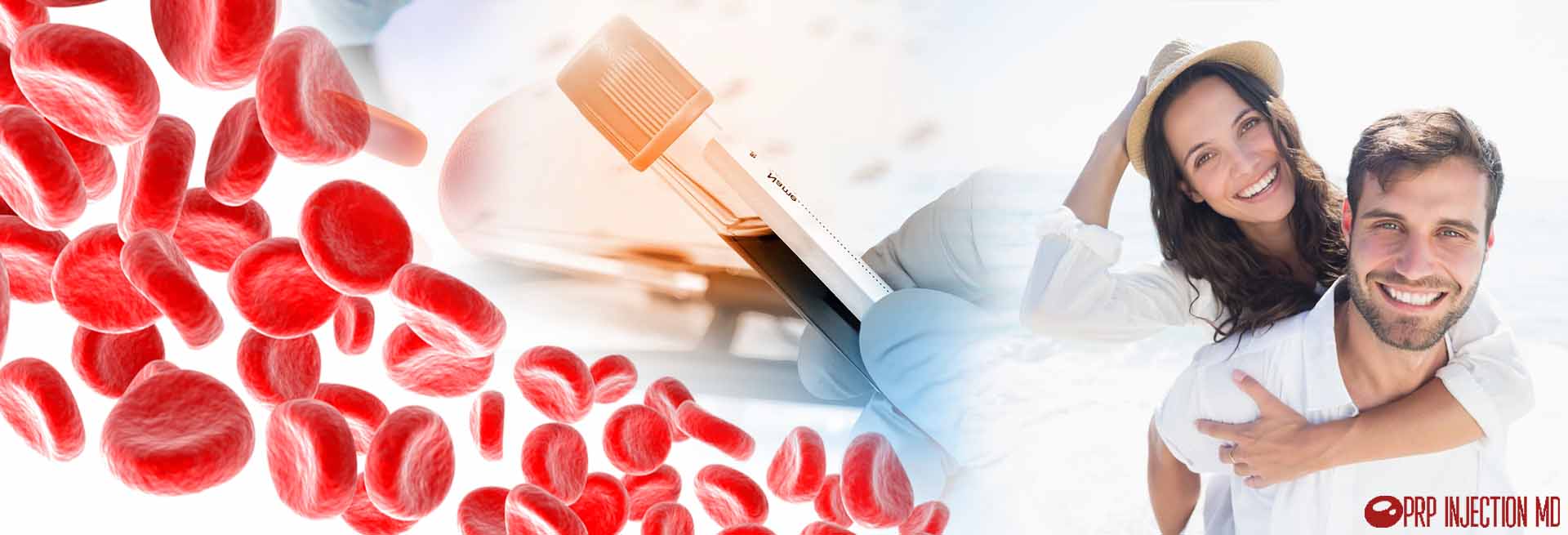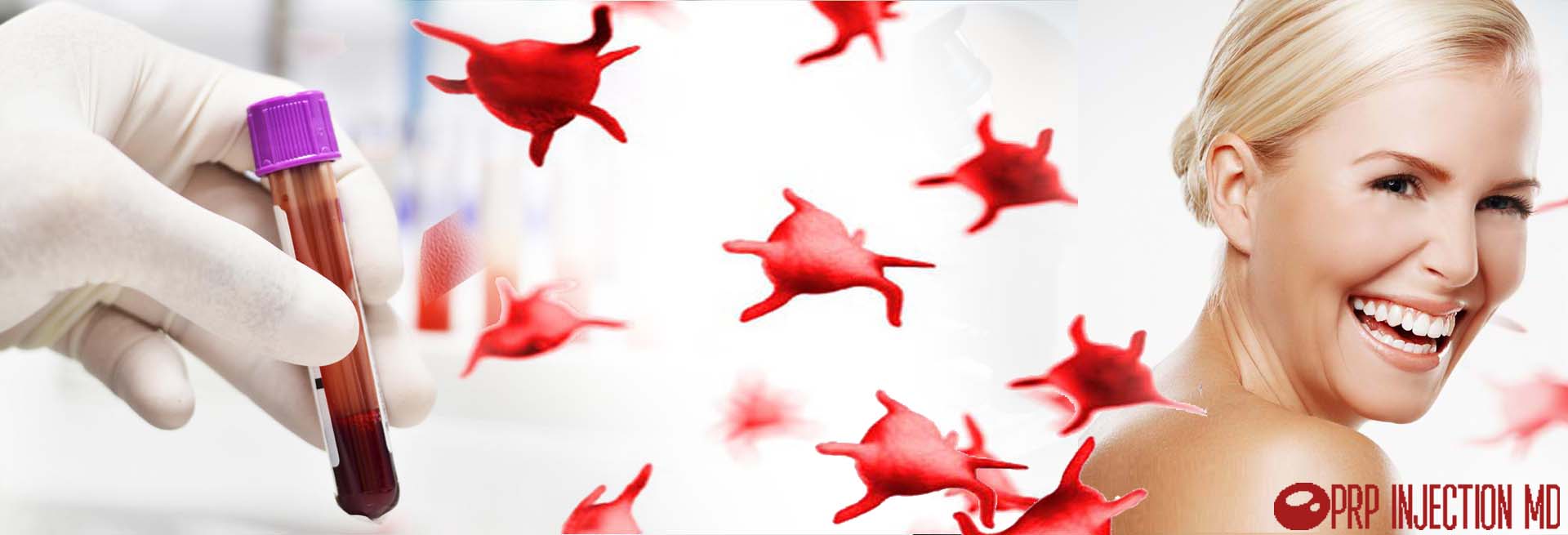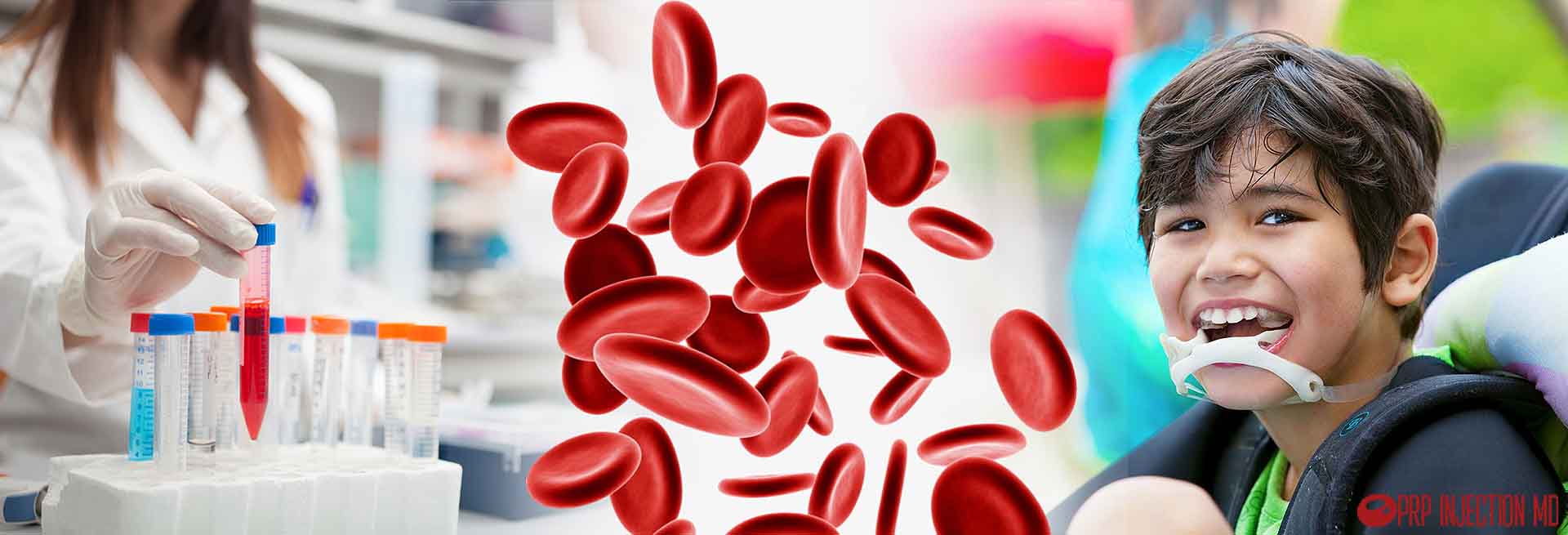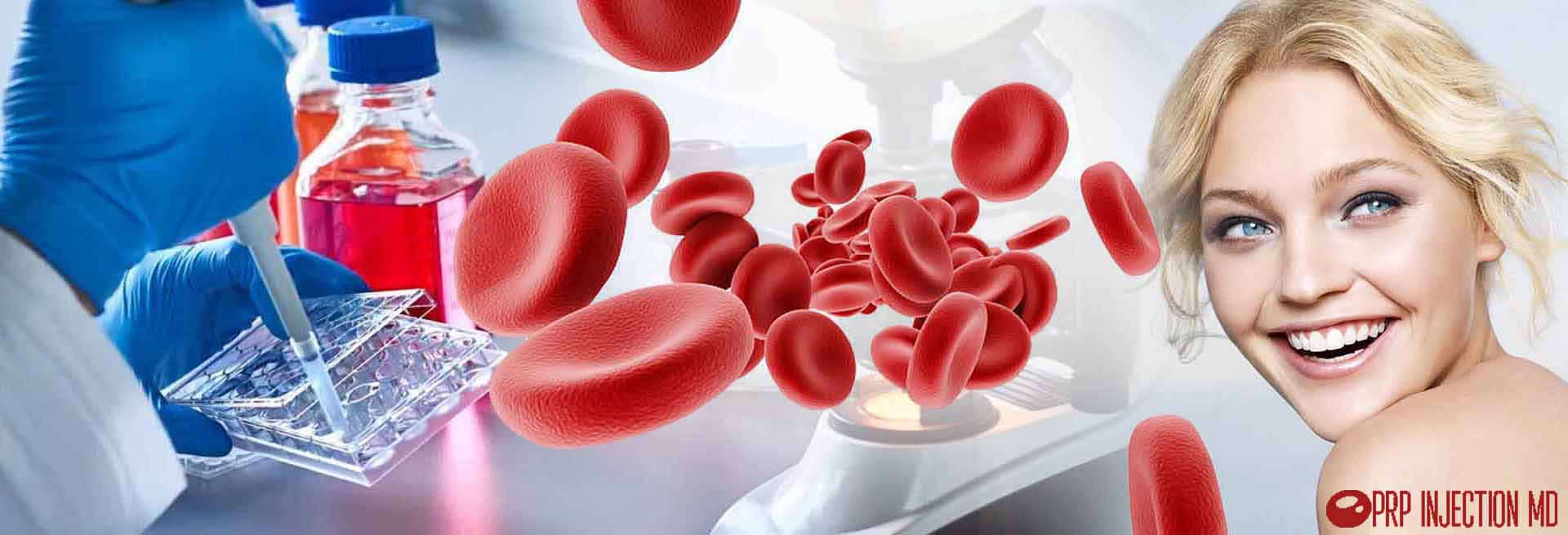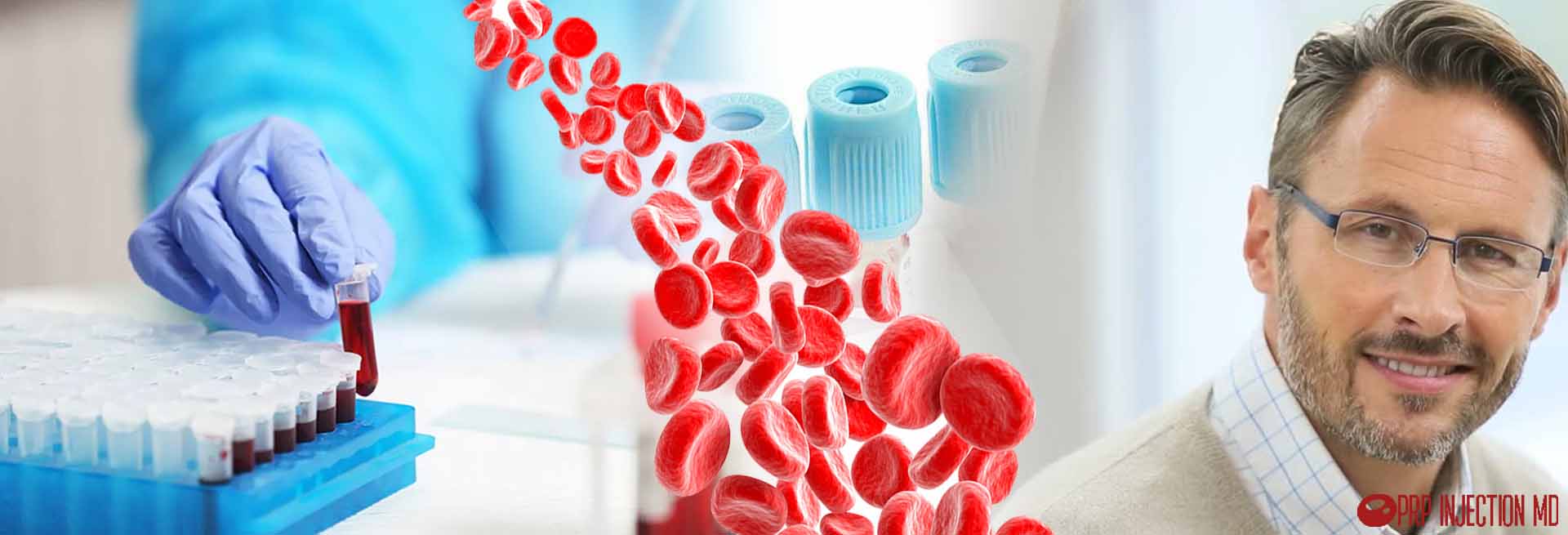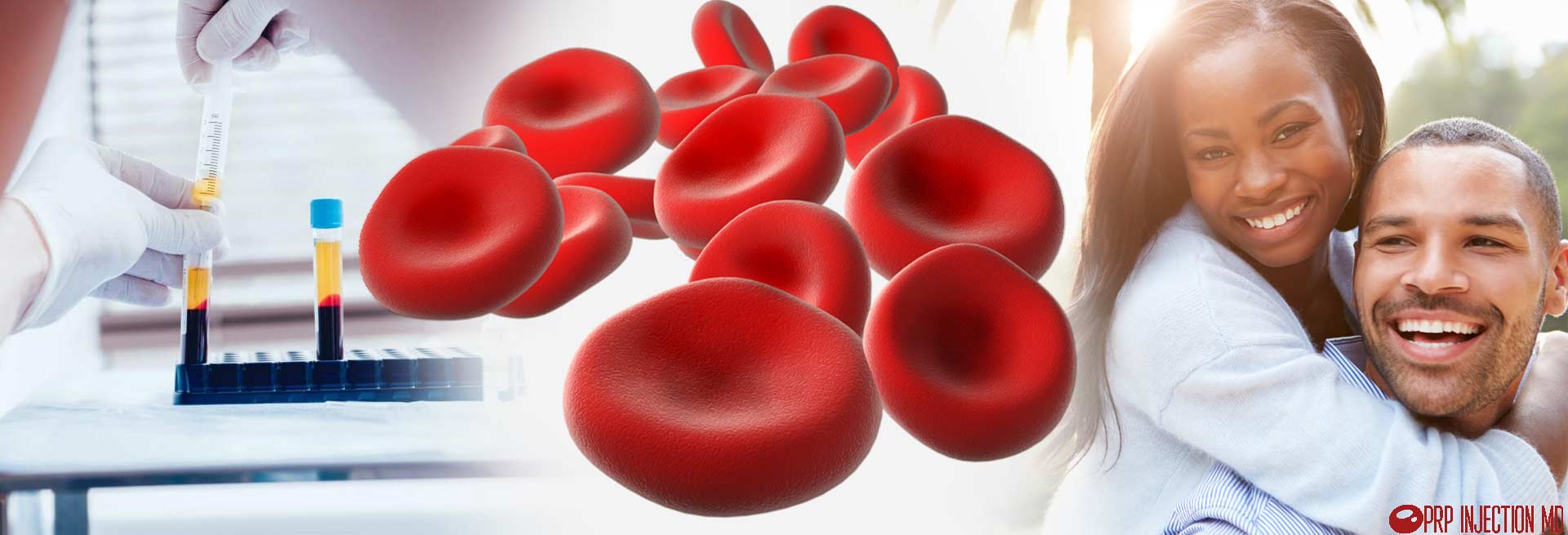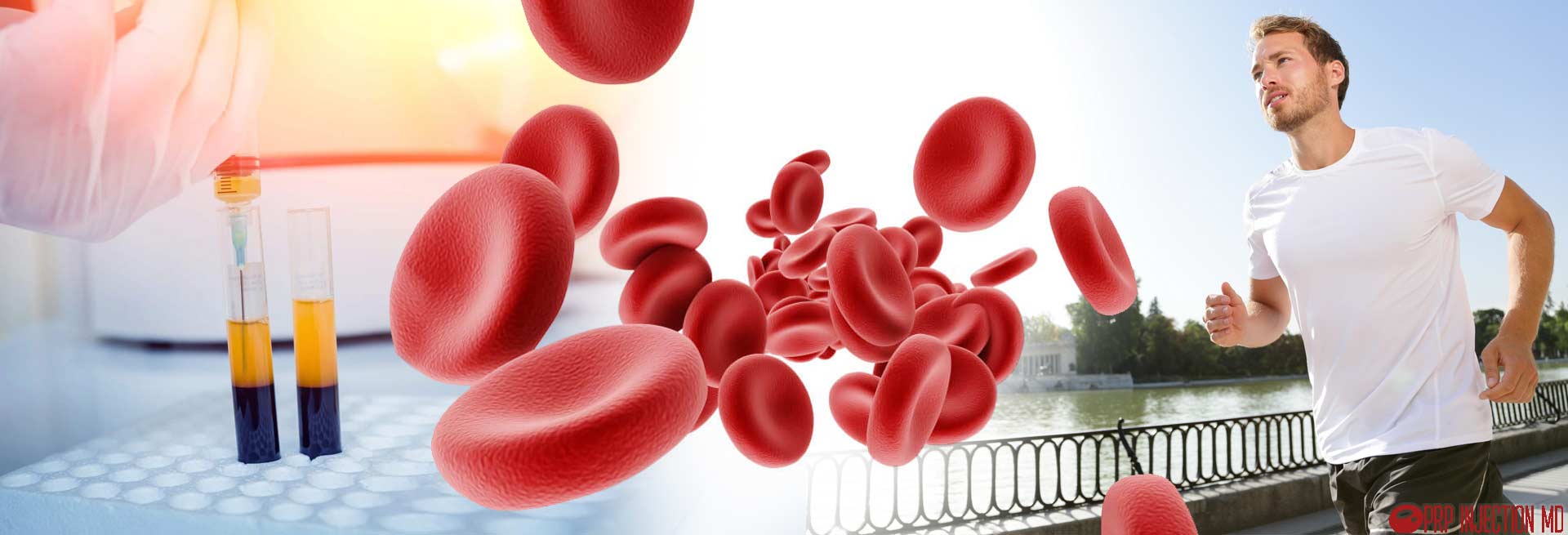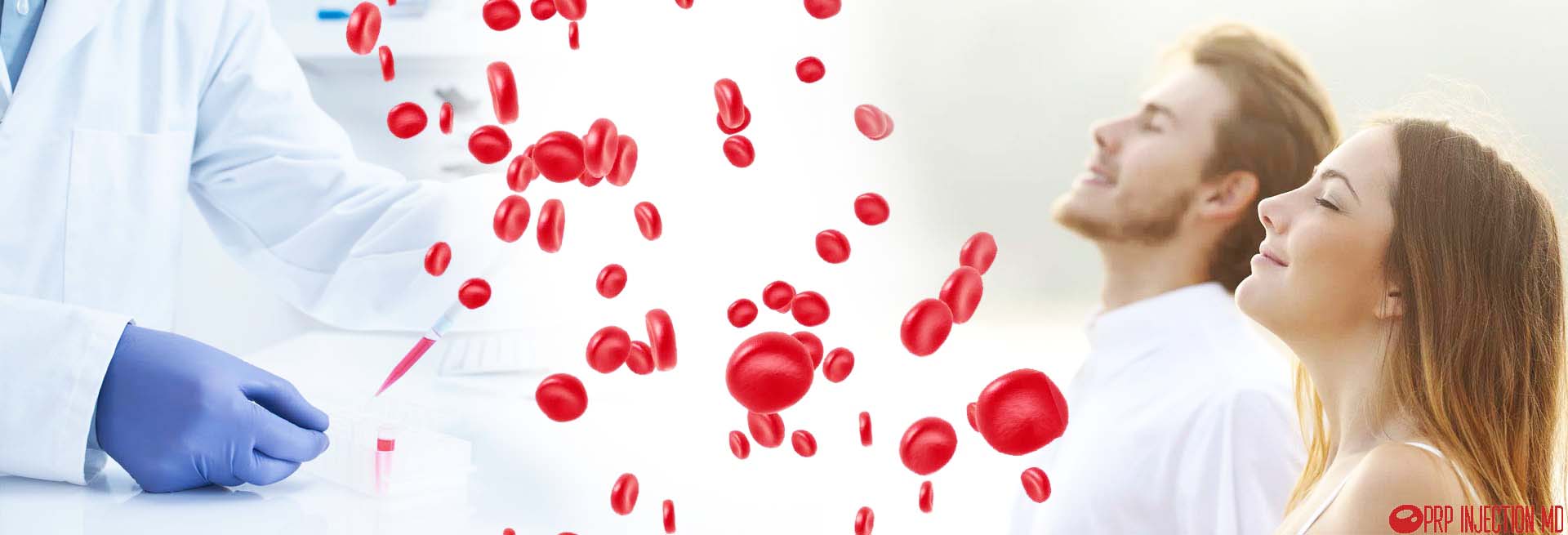What is PRP?
You’ve probably read and heard about the hype surrounding the new treatment that celebrities like Kim Kardashian, Rafael Nadal, Tiger Woods, Pittsburg Steelers, and many others are using, namely, PRP therapy. But, what is PRP anyway? PRP is the acronym for Platelet Rich Plasma, a state-of-the-art technology that has been found to be highly effective in helping people with a wide range of problems. It can do a lot more than assist in the healing of sports injuries and rejuvenate your skin. In fact, this technique is still evolving with doctors discovering more uses for it every day.
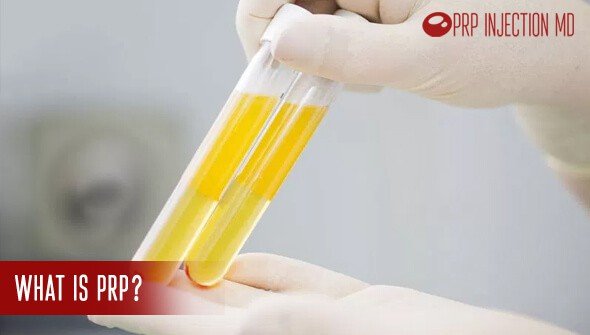
What is PRP Used For?
PRP therapy was discovered in the 1970s and doctors first used it in dental surgery. They found that it could aid in the healing after dental implants and root canal procedures. Open heart surgery was the next field where doctors found that PRP could eliminate the need for blood products during surgery. By using PRP, they could speed up the healing process so patients recovered quickly with fewer infections and complications. Now, Platelet Rich Plasma injections have become the preferred treatment for various issues. To understand what is PRP able to treat, check this list.
- Knee Injection PRP treatment for osteoarthritis works exceptionally well
- Hair Treatment PRP can lower instances of hair loss and promote the growth of new hair
- Facials: The PRP serum for facial rejuvenation works to erase signs of aging like lines, wrinkles, creases, and folds of skin
- Acne scars: In addition to erasing facial flaws that result from scarring from surgical procedures and injuries, PRP therapy removes acne scars and marks.
- Assisting in the healing after facelift procedures and nose jobs. PRP can ensure the minimum of scarring.
- PRP injections can heal musculoskeletal injuries incurred like when playing sports. Try the treatment to help with injuries of the shoulder, elbow, knee, heels, ankle, back, and others.
- Correcting sexual dysfunction and urinary incontinence
- Helping treat lower back pain
- Knee arthritis
What is PRP Formulated From?
In case you’re concerned about what is PRP created from, you can rest assured. Doctors formulate the Platelet Rich Plasma (PRP) from each individual patient’s blood using a sample harvested from the forearm. They place the sample in sterile, specialized test tubes that prevent any clotting. Next, the tubes are placed in a centrifugal device that spins it at high speeds. The motion causes the blood to separate into distinct layers with the red blood cells settling at the bottom and the platelets collecting above it.
Using aspiration methods, doctors extract the layer of plasma, also called the buffy coat. By spinning the buffy coat for a second time, doctors can create the pure form of plasma. This is the PRP that is packed with a refined concentration of platelets, cytokines, mesenchymal stem cells, growth factors, and other healing compounds that the body creates naturally.
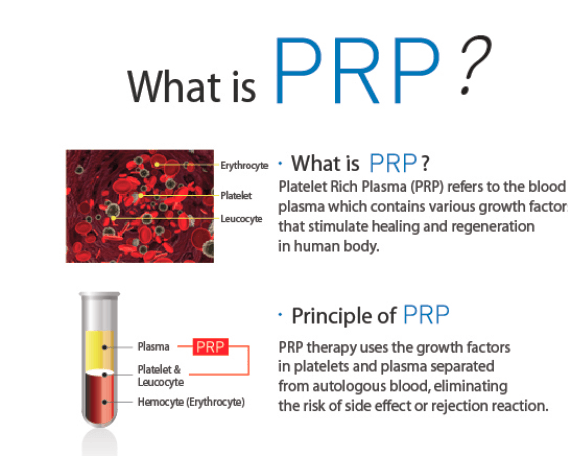
Components of PRP
To understand what is PRP therapy and how it works, it is first essential to understand each individual component. It will surprise you to know that PRP has every kind of cell needed by the body to heal injuries and recreate the tissues.
Platelets
Each time you have an injury, the platelets in your blood act quickly to clot and stop further bleeding, effectively closing the wound. Platelets are the basic framework of cells that damaged tissues use to regenerate around. These cells have the capability to transform themselves into the exact kind of tissues that they are aiming to heal. Platelets contain two kinds of storage granules, dense and α. When the platelets are activated, they release these granules and support healing.
Dense Storage Granules
The dense storage granules cause the clotting action you see when the blood sets on a wound. They contain:
- Adenosine triphosphates: They store the energy you need.
- Adenosine diphosphates: They help in the transfer of energy between cells.
- Serotonin: A natural relaxant that also relieves pain
- Calcium: A mineral needed for the regeneration of cells
“α” Storage Granules
The “α” storage granules assist in the healing since they contain growth factors and cytokines that act as messengers between the cells.
Together, the granules work to heal the injury in three stages:
- Inflammation: That’s the swelling you see when blood rushes to the site.
- Proliferation: The quick growth of new cells for healing
- Remodeling: Regeneration of the tissues to replace the damaged parts.
Other components of PRP:
- Vascular Endothelial Growth Factors: They help with the growth of the cells that line the inner surface of your blood vessels.
- Epidermal Growth Factors: They help with skin regeneration.
- Transforming Growth Factors: They stimulate the creation of normal cells.
- Fibroblast Growth Factors: They help in the building of the layer of collagen and structure under the skin.
- Hepatocyte Growth Factors: They can help with the repair of the cells of the liver.
- Insulin-like Growth Factors: They help in the creation of the tissues and bones.
How PRP Works to Repair Damaged Tissues?
Now that you understand what is PRP and its components, the question arises – Why use PRP when the body already has the tools to repair itself? What can PRP do differently when it is derived from blood that can heal naturally?
The PRP serum contains a concentration of the healing components. In fact, PRP has twice or up to 8 times the growth factors that normal plasma in the blood has. Thus, it has the potential to heal wounds quickly. Of course, the maximum concentration values can depend on three variables:
- The basic level of platelets in each individual patient’s blood
- The processes used by doctors to formulate the serum including the speed of the rotations of the centrifugal device and the number of rotations.
- Doctors may use certain additives to activate the plasma and lower discomfort levels. These additives can influence the quality of the end serum.
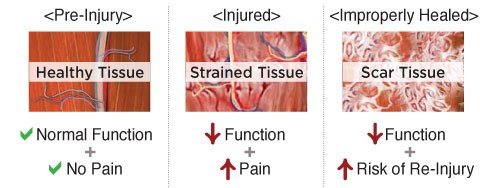 Source: Active Care Atlanta
Source: Active Care Atlanta
Healing Old Injuries with PRP Therapy
PRP therapy can also help you with the healing of old injuries. As the body heals an injury naturally, it creates new tissue that may be somewhat thicker and harder than the original tissues. The texture of this scar tissue prevents the proper circulation of blood that can heal the injured area further. When doctors introduce the PRP serum into the target area, it sets off the healing process anew. The body receives a signal that the area needs healing and begins the repairing all over again. You should be able to see marked improvement within a few weeks of getting the treatment.
Now that you know what is PRP, you can safely rely on the treatment to help you with various medical and aesthetic issues. Since it is created from your tissues, you need not be concerned about after effects and adverse reactions. Try PRP therapy and you will be amazed by its many therapeutic effects.
In Short, Here’s What PRP is All About
PRP is the short form of Platelet Rich Plasma, a highly innovative kind of healing treatment. PRP uses the body’s own healing properties to stimulate the repair of tissues. The fascinating feature of this treatment is that 50 years down the line after it was first developed, doctors are still finding new uses for it. For instance, you can now use PRP for infertility to repair the ovaries and uteri of women. Or, insert PRP eye drops to heal issues with vision. By combining PRP with other procedures and medications, doctors can enhance the effects of the treatment protocols they use to help patients.
